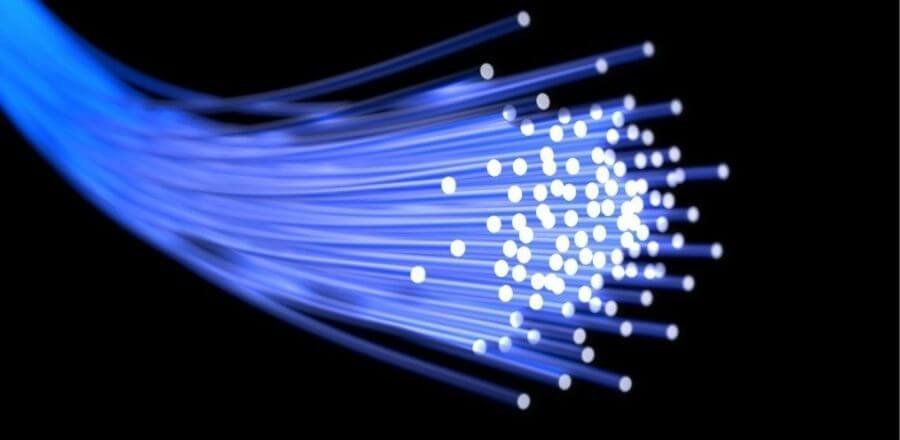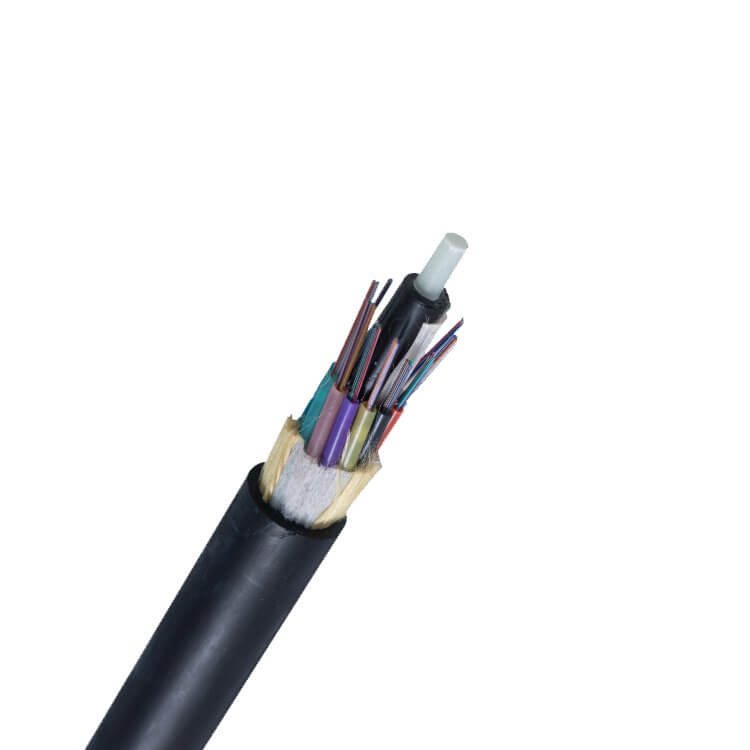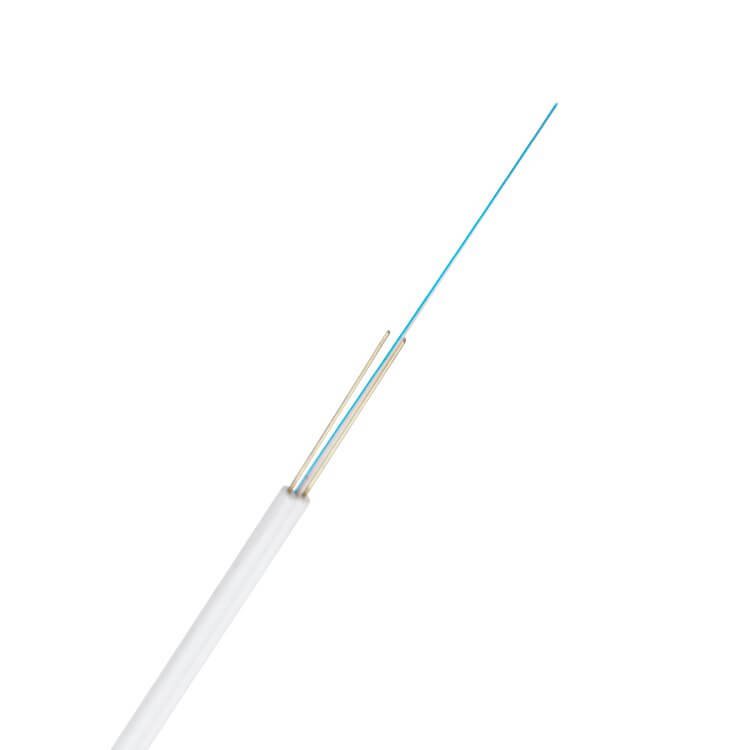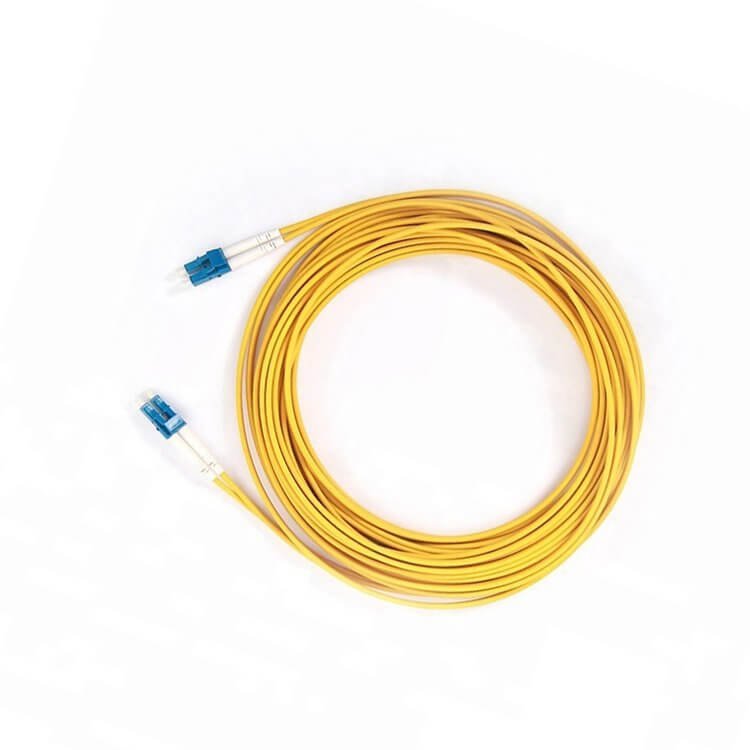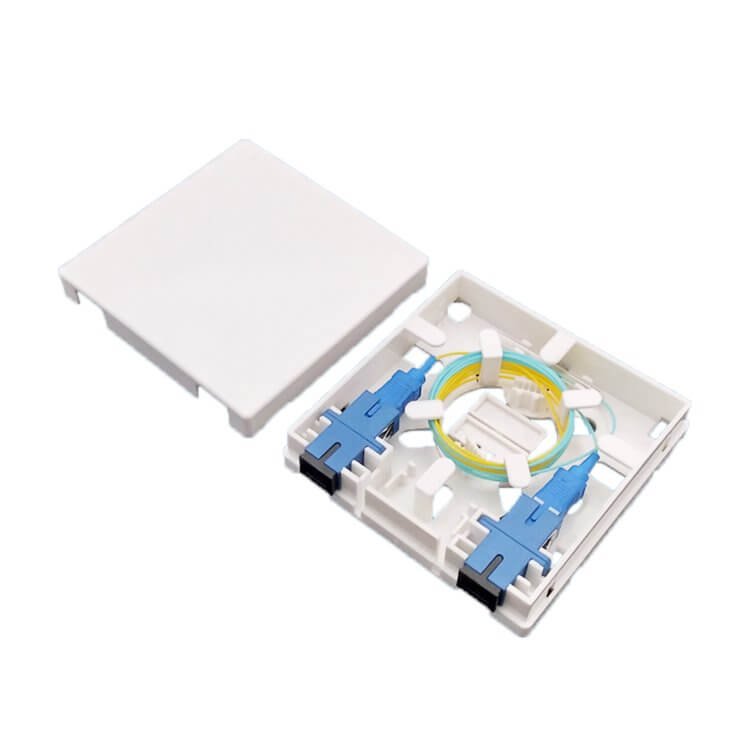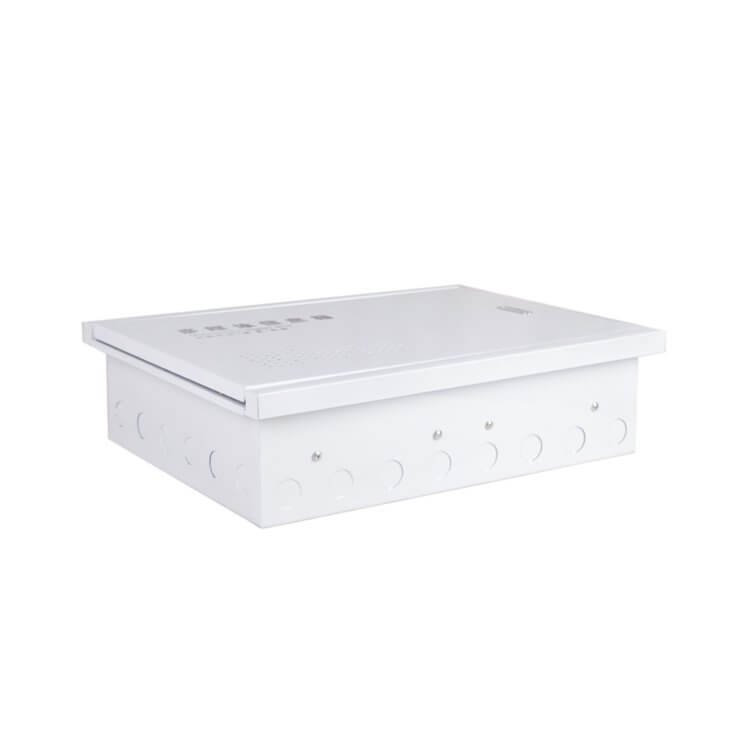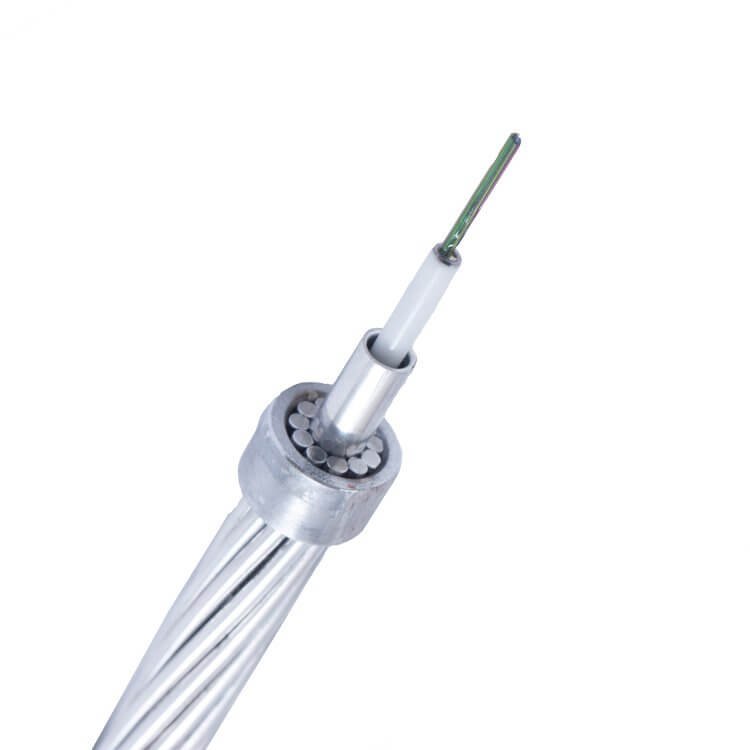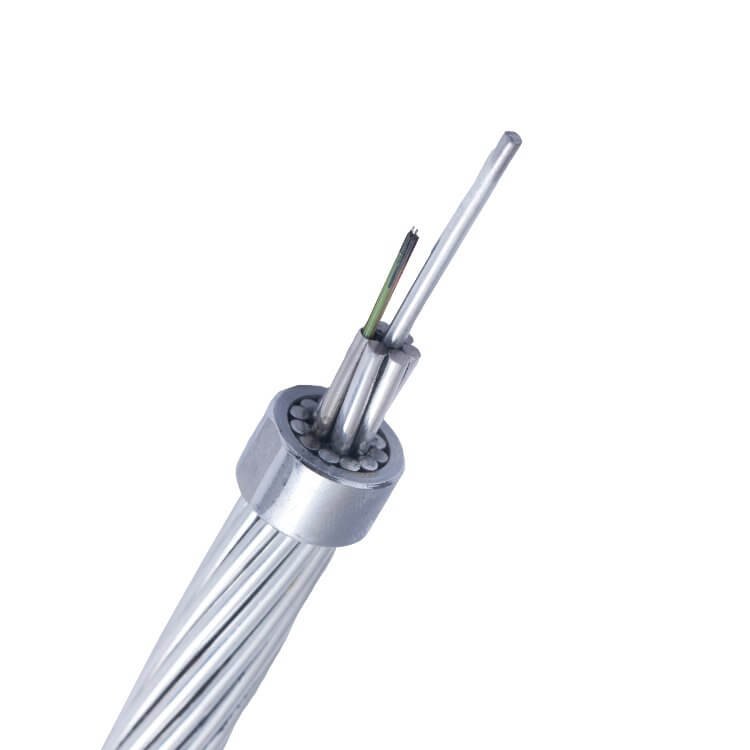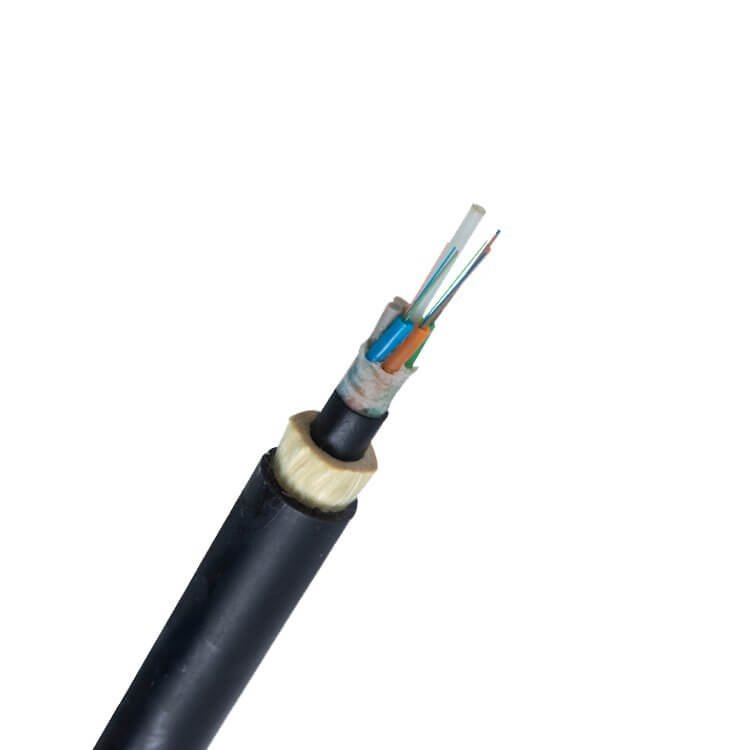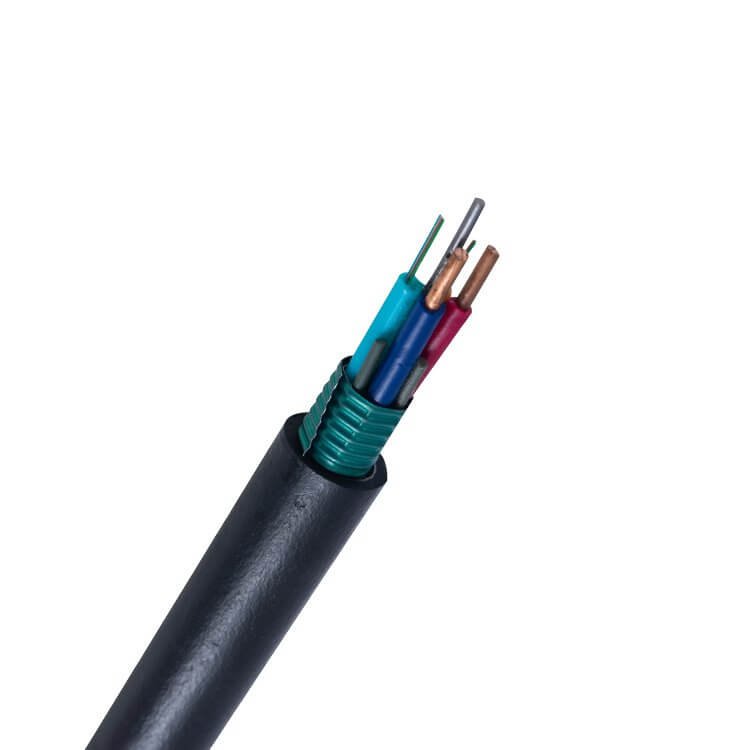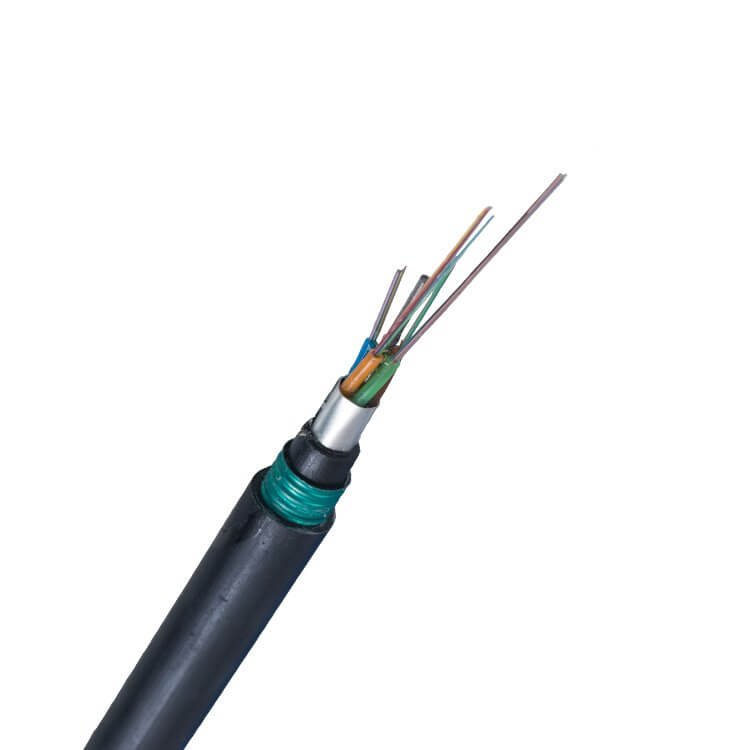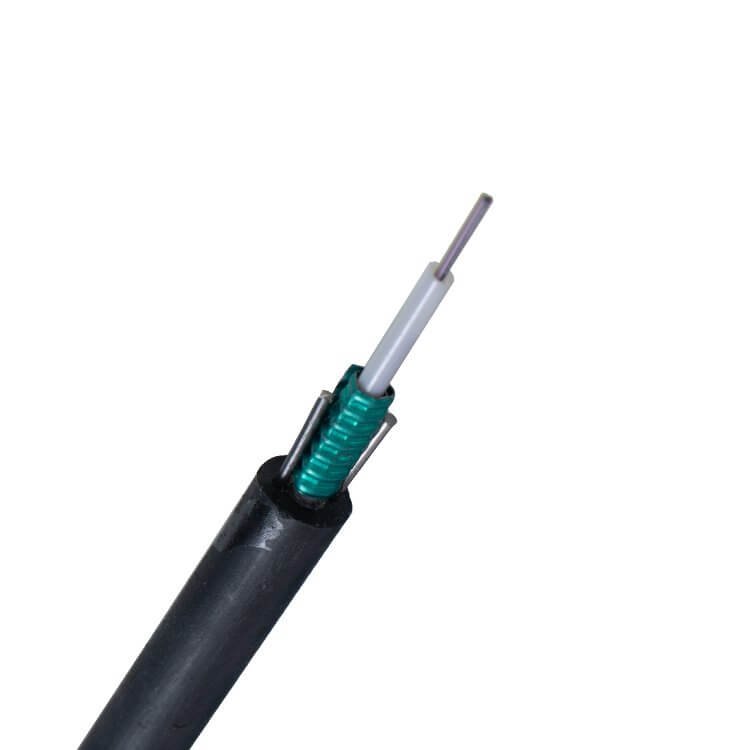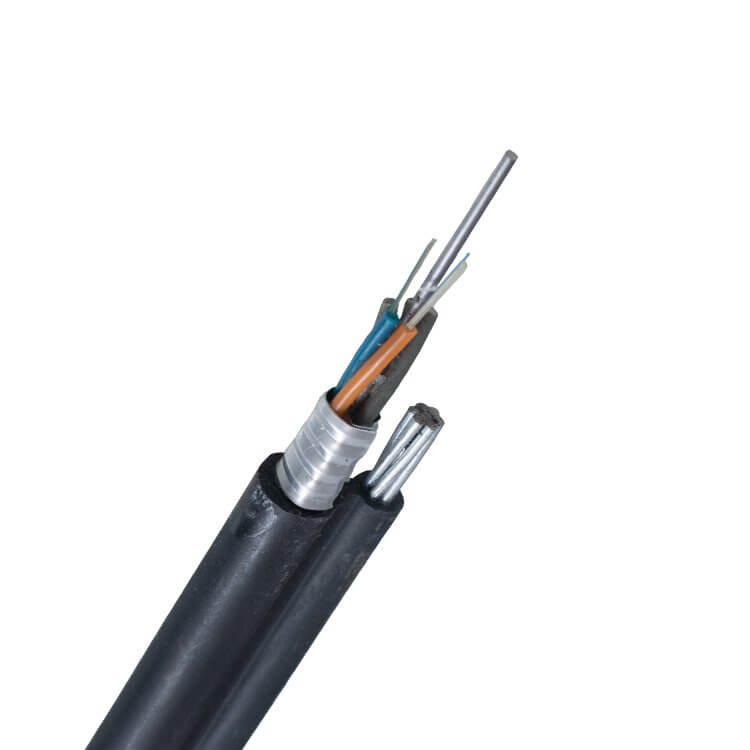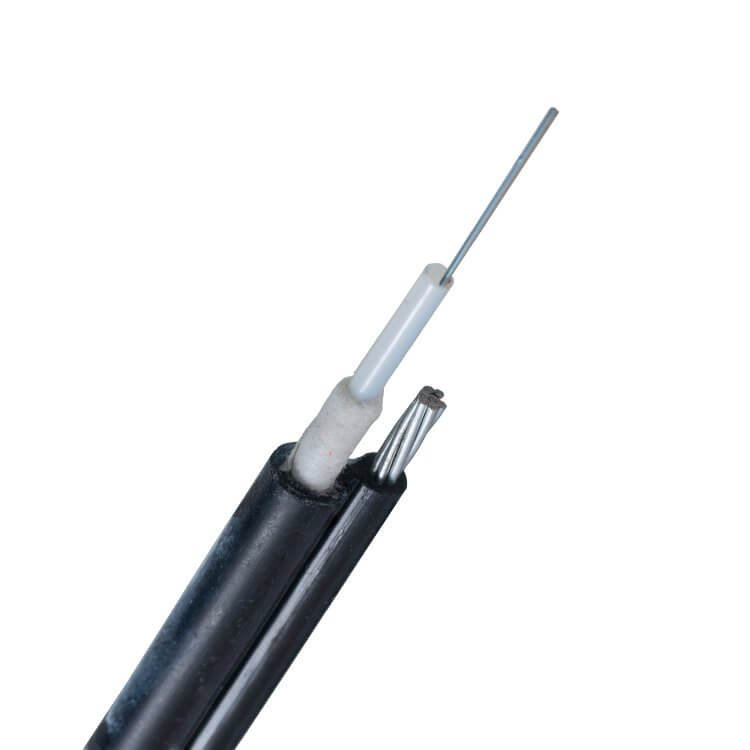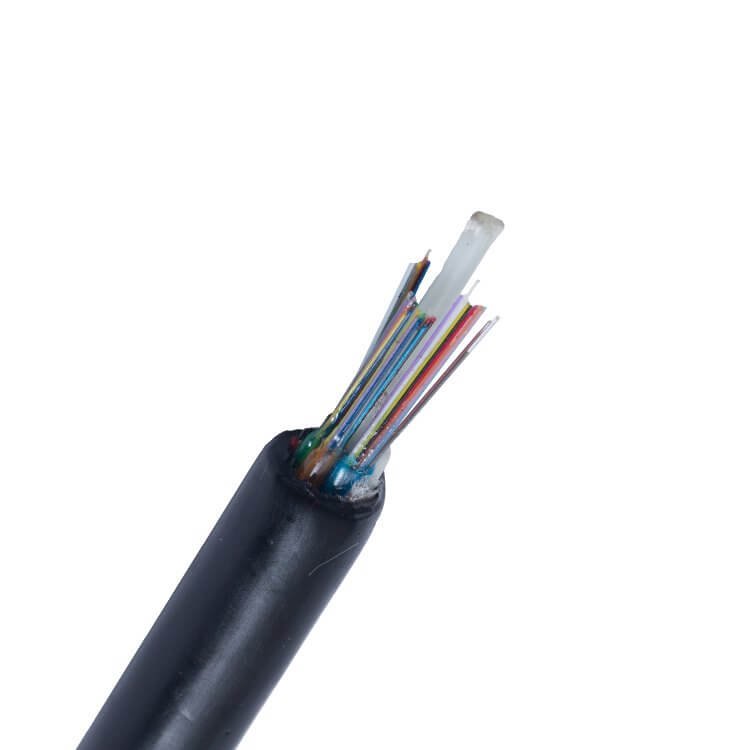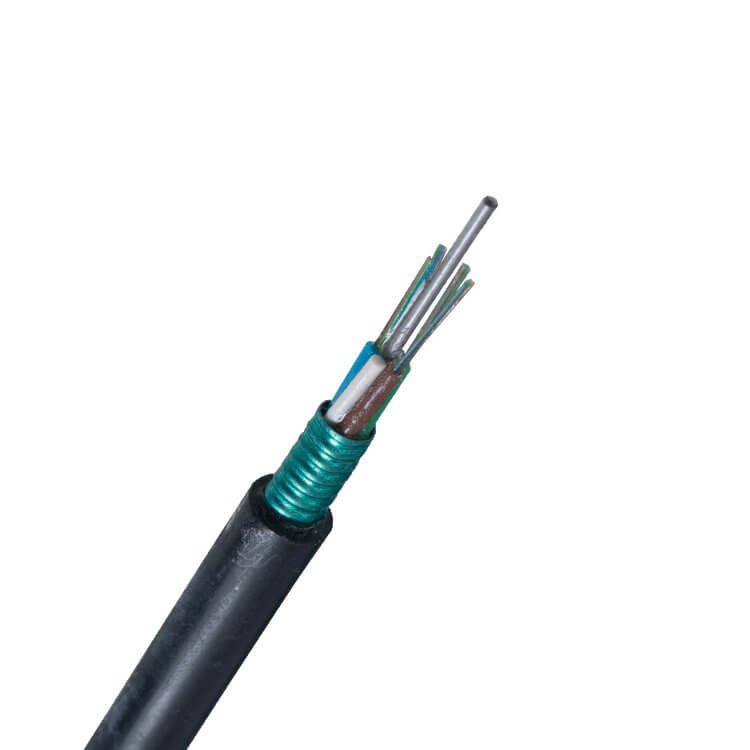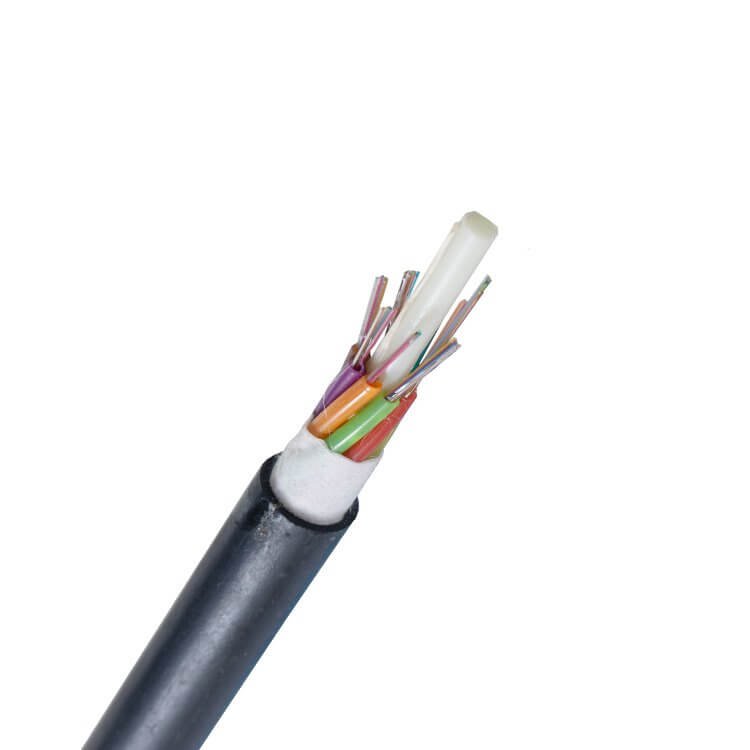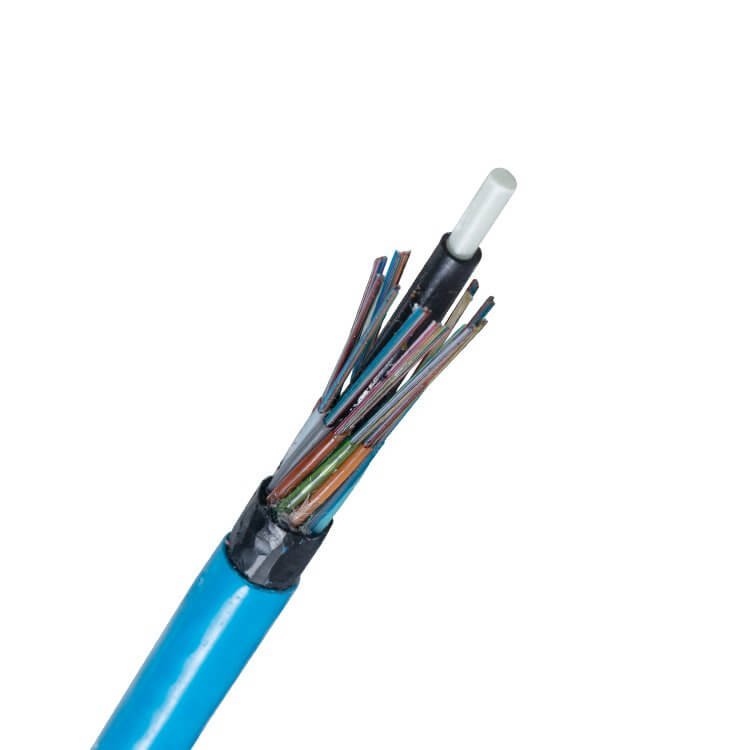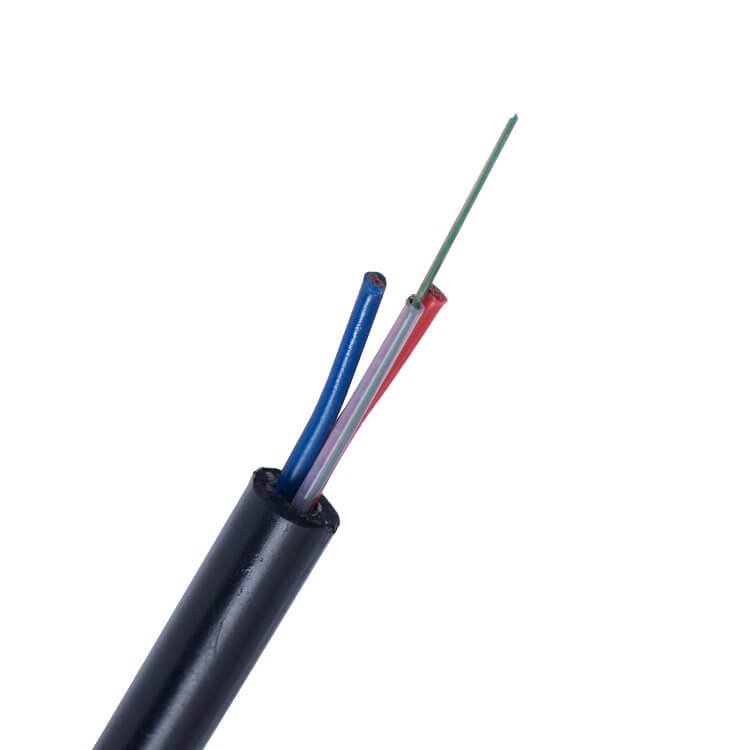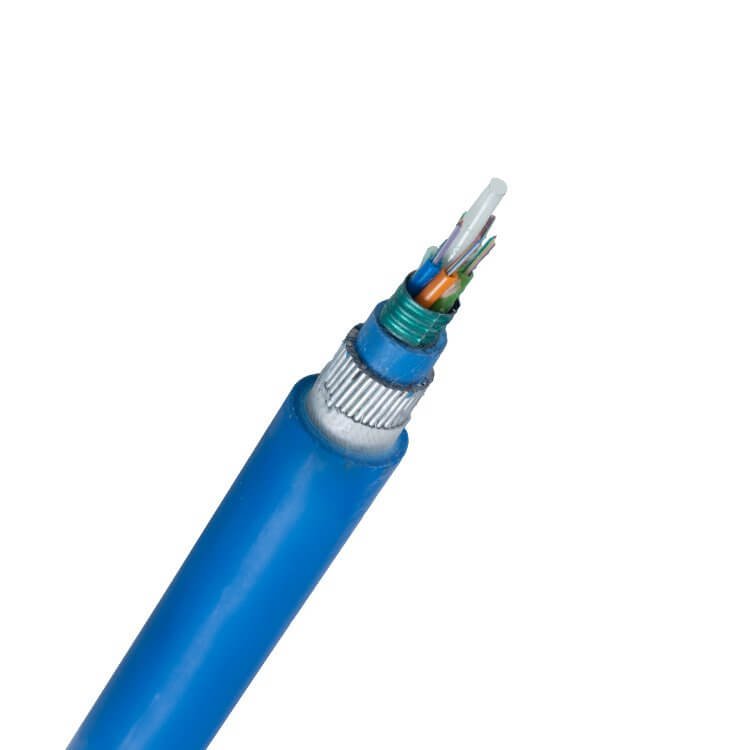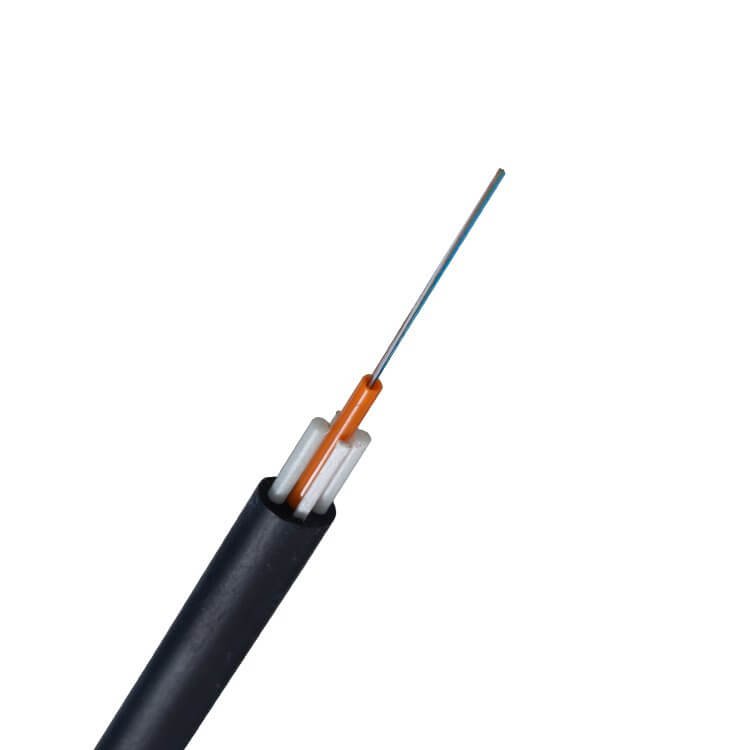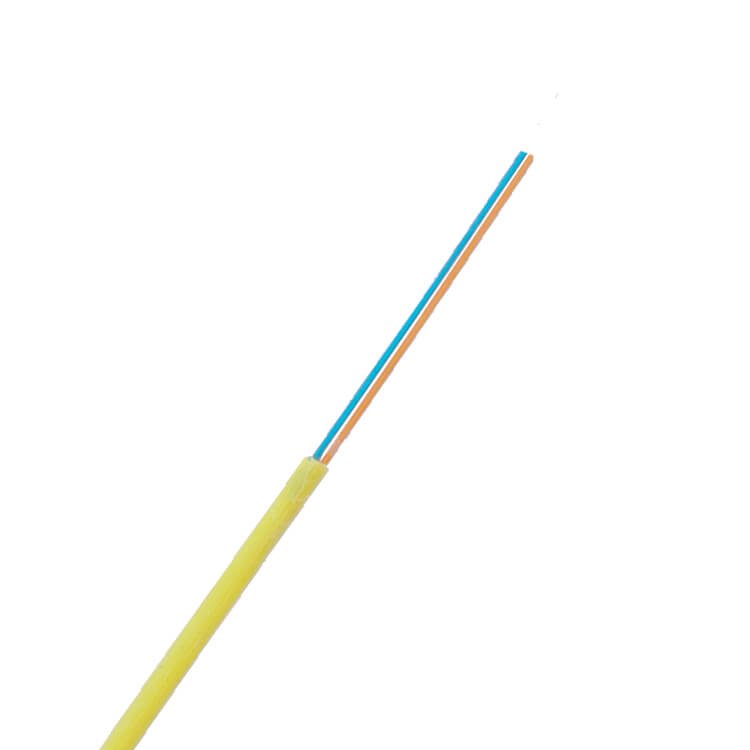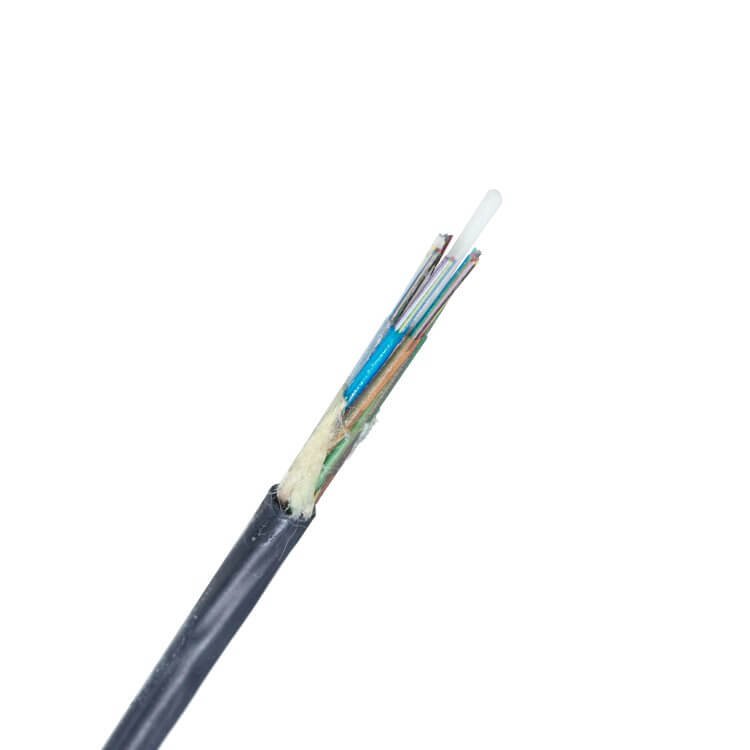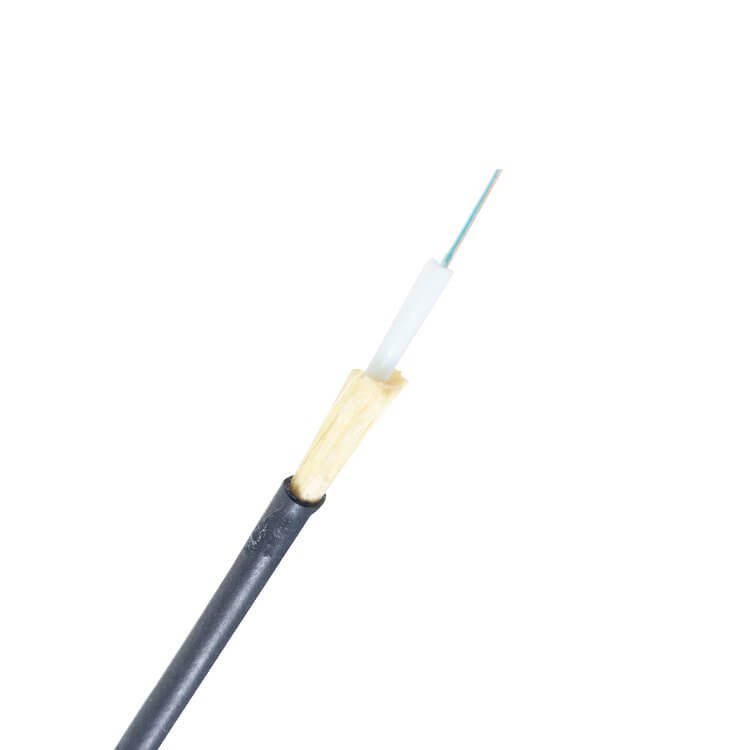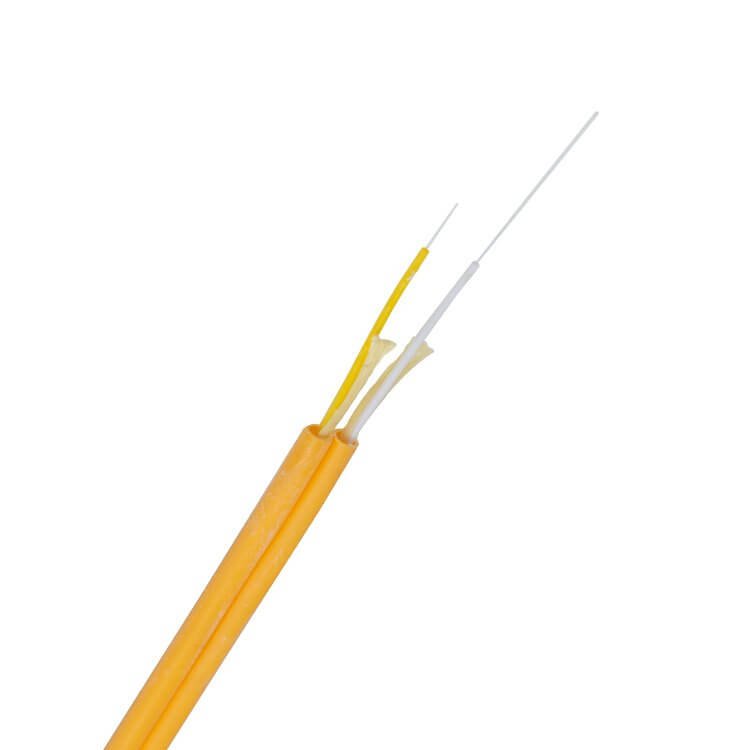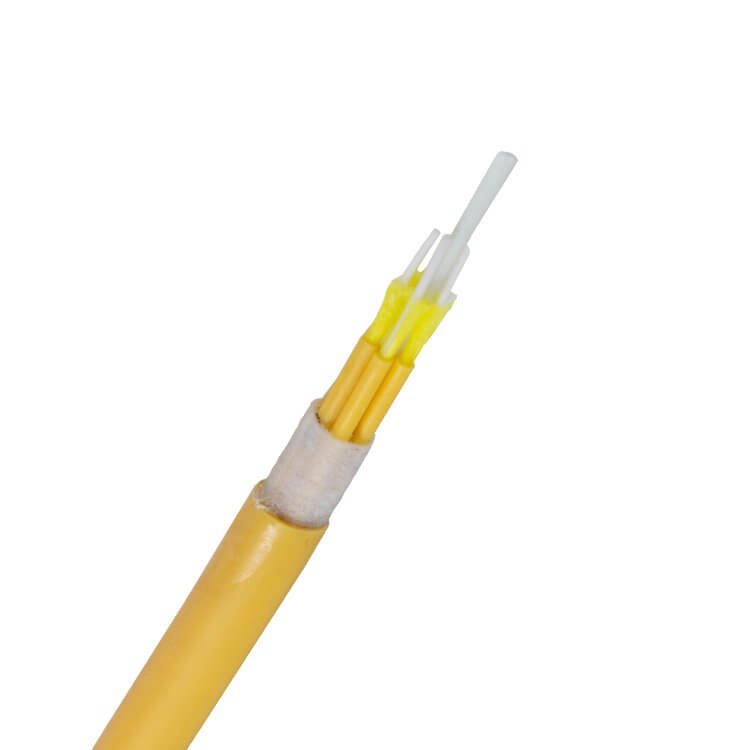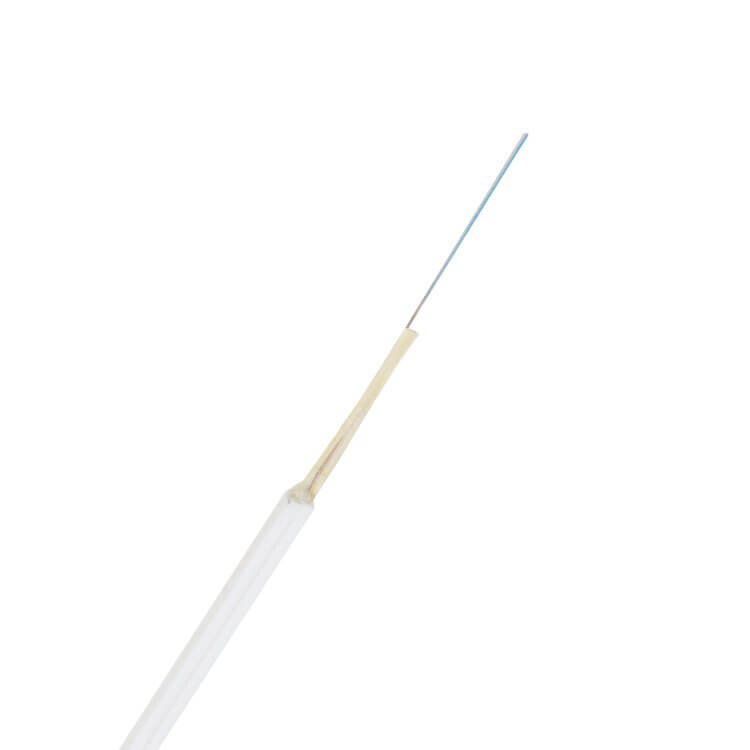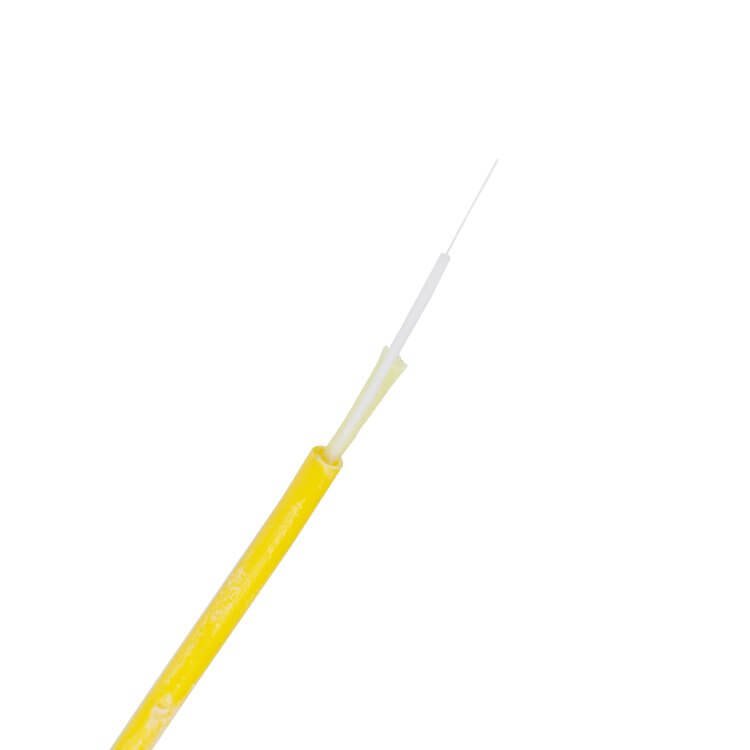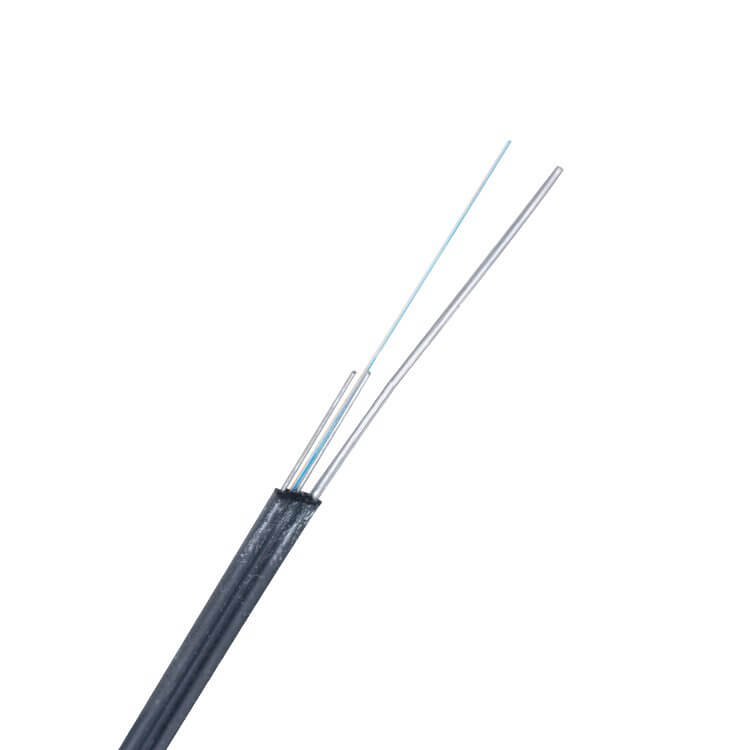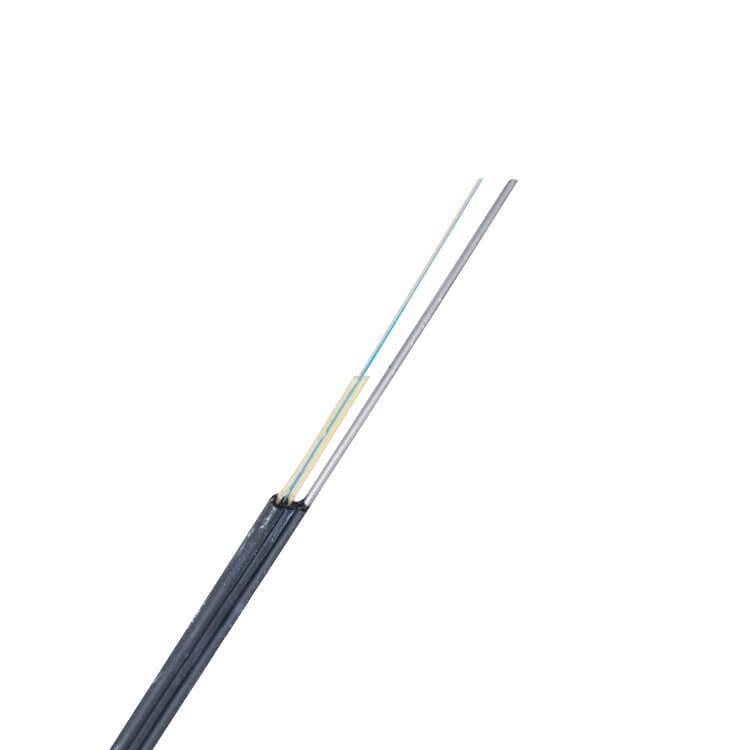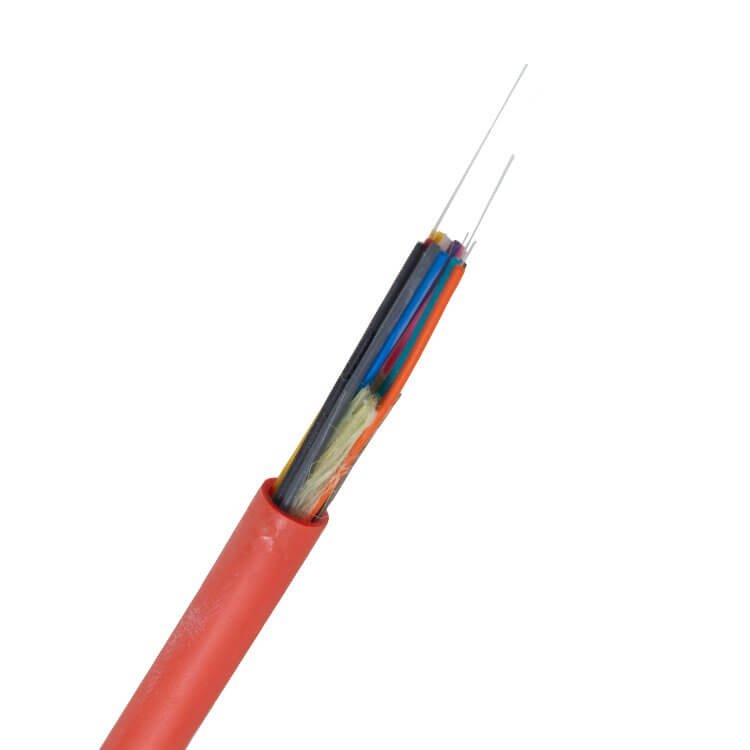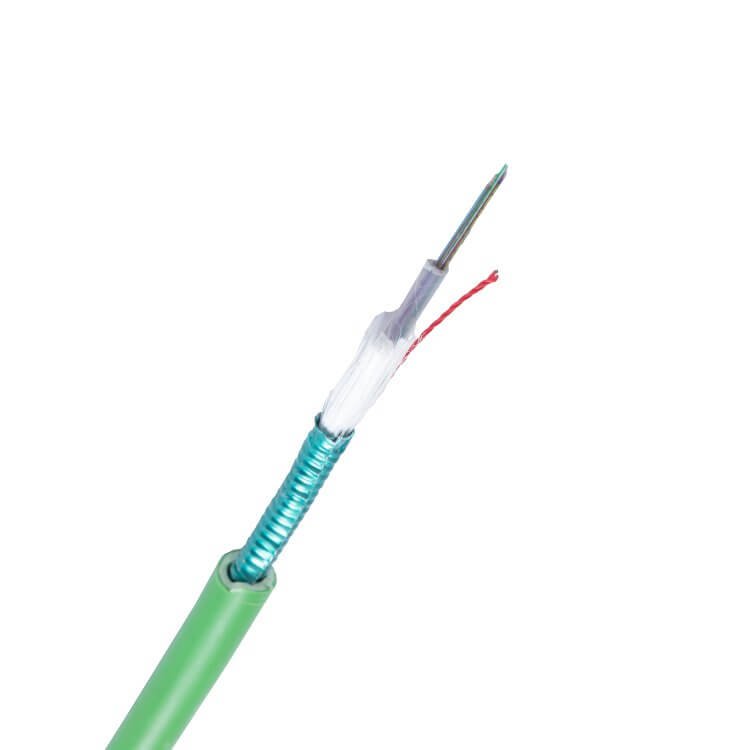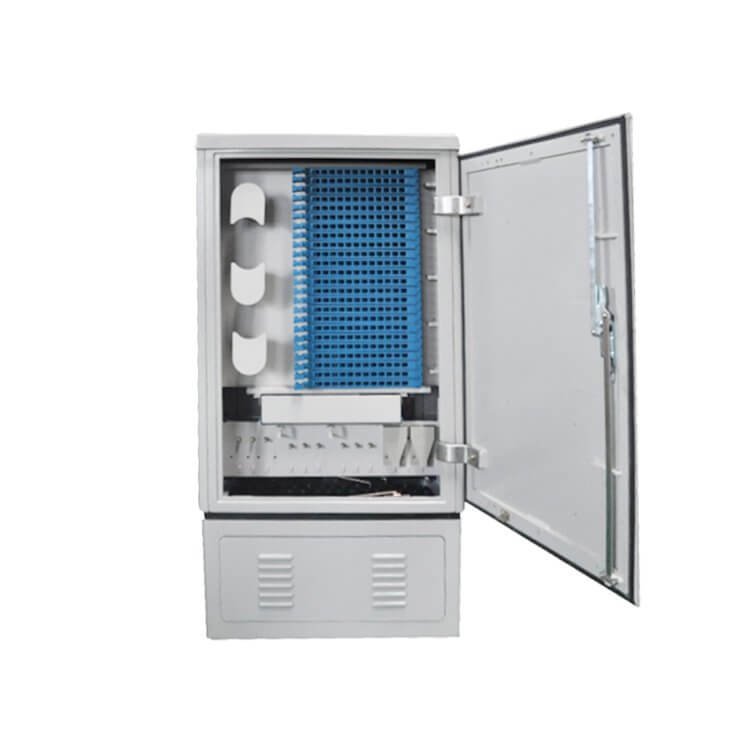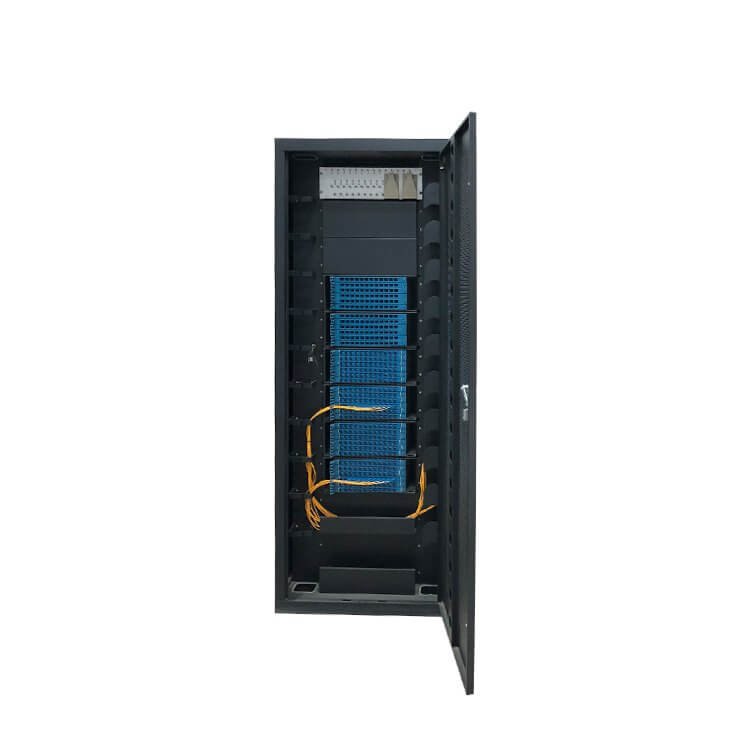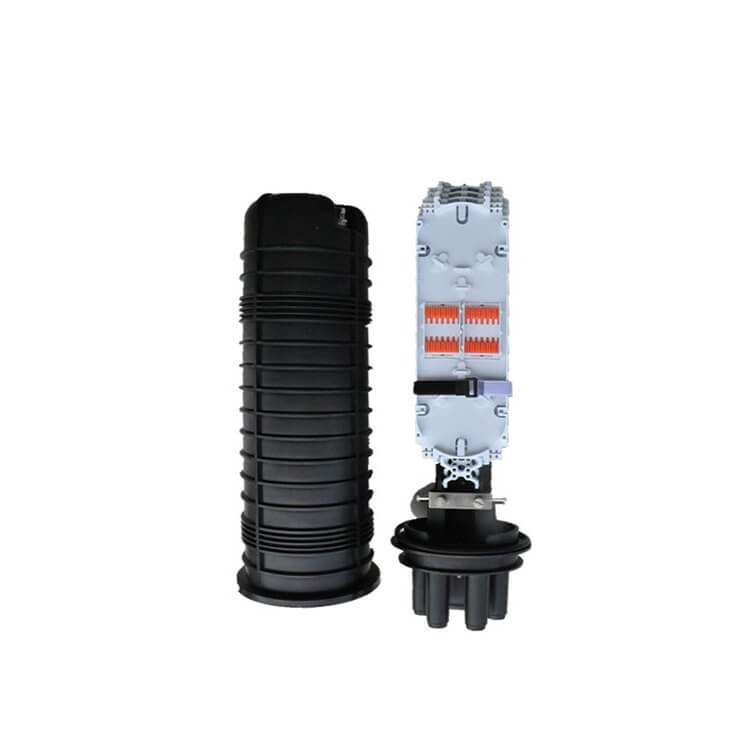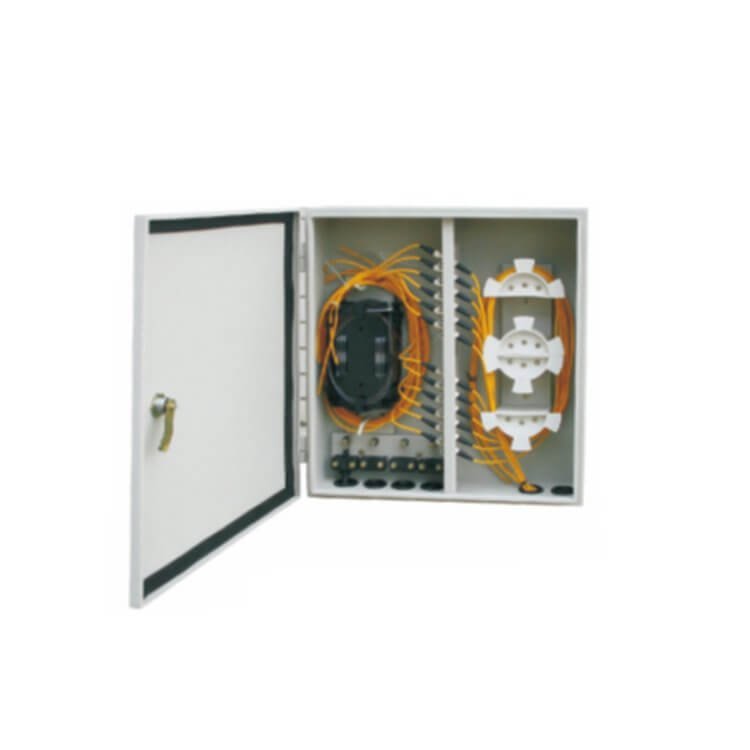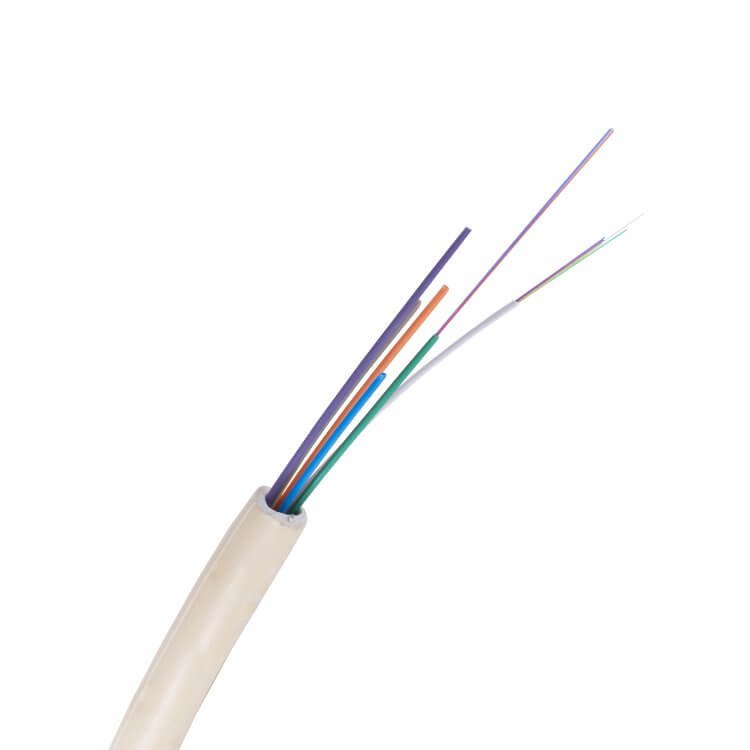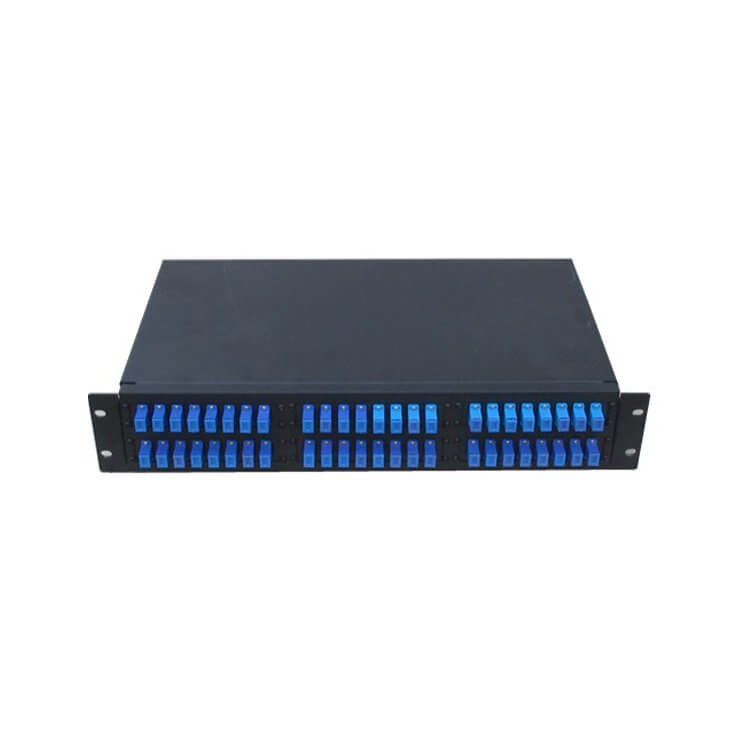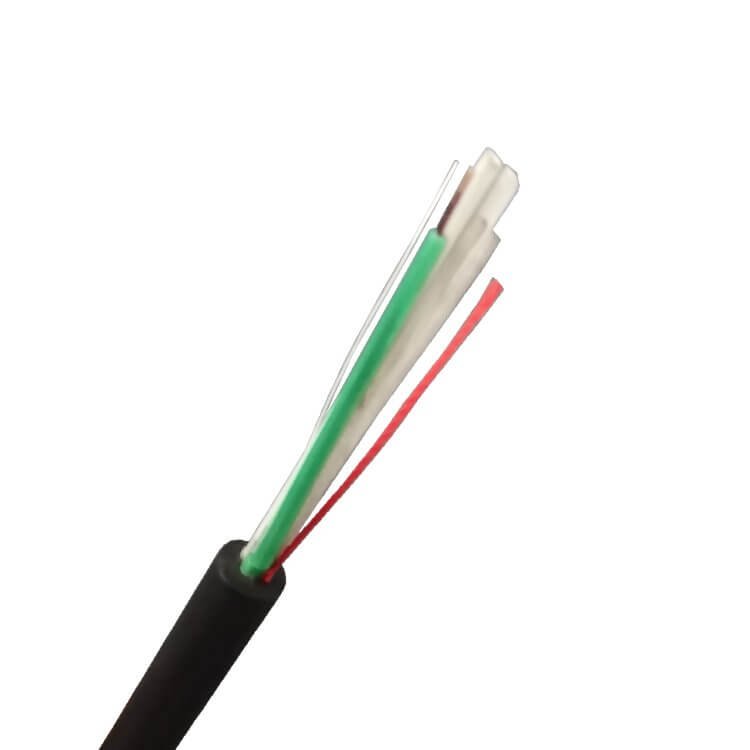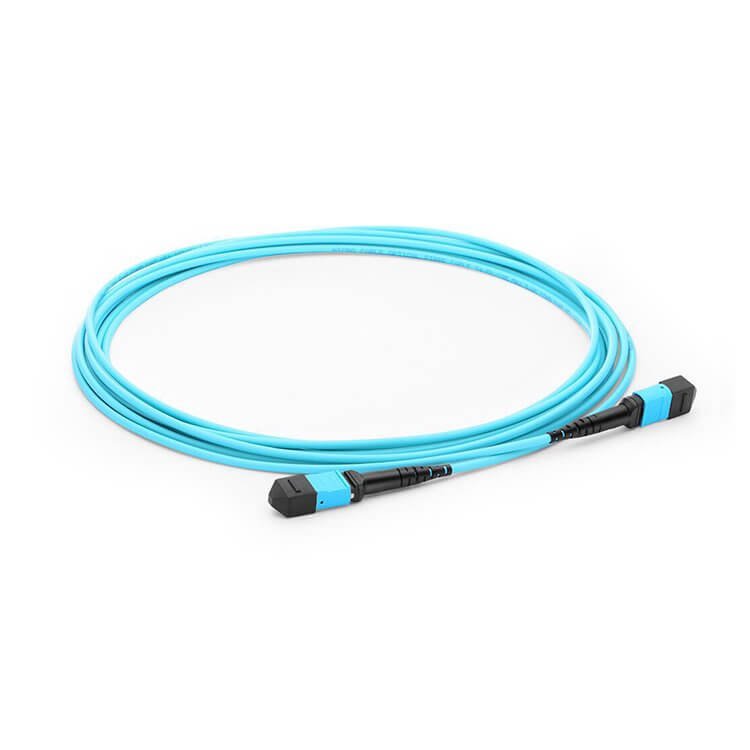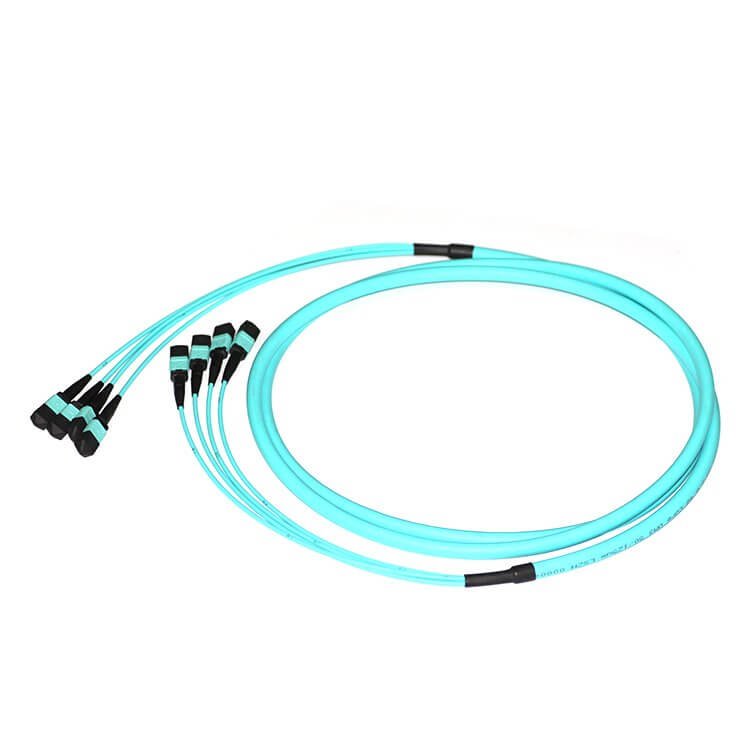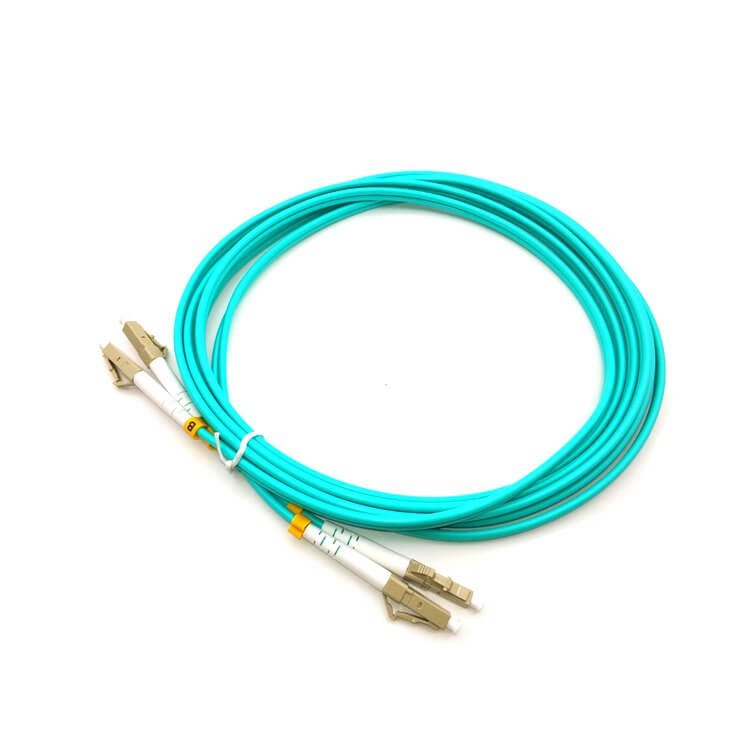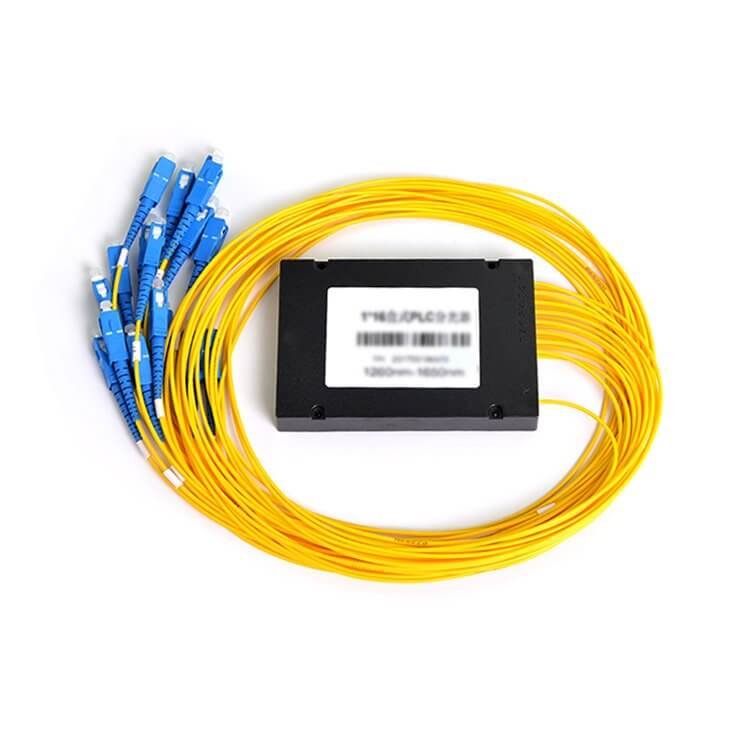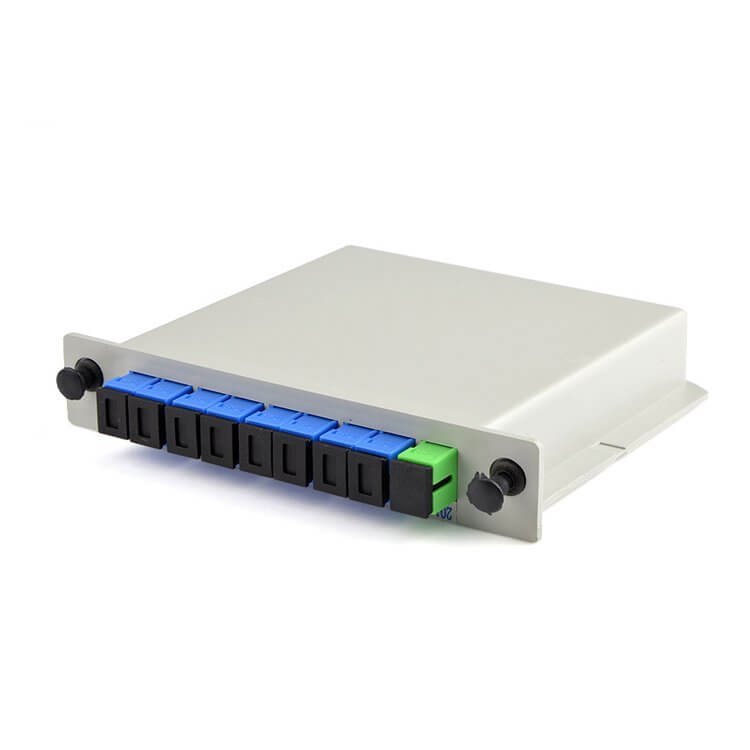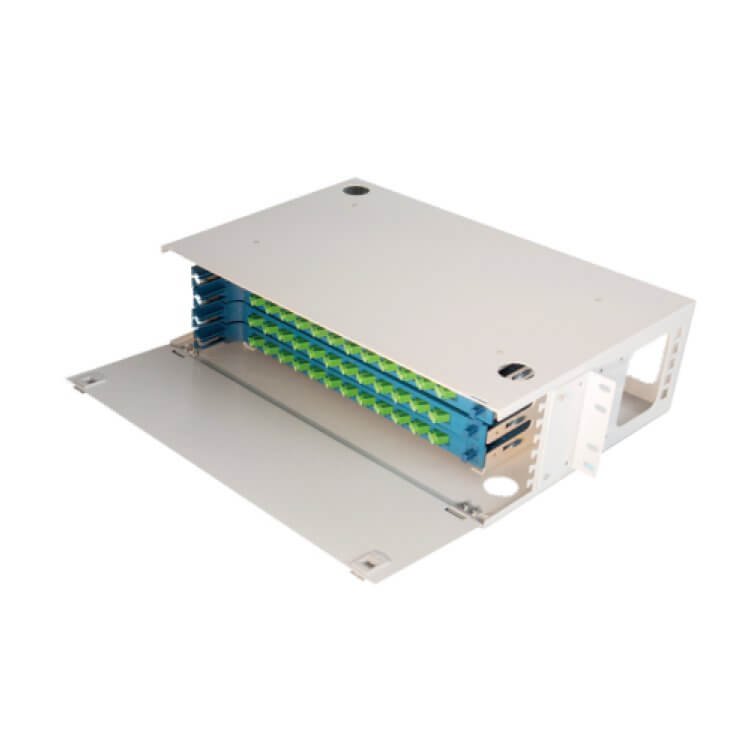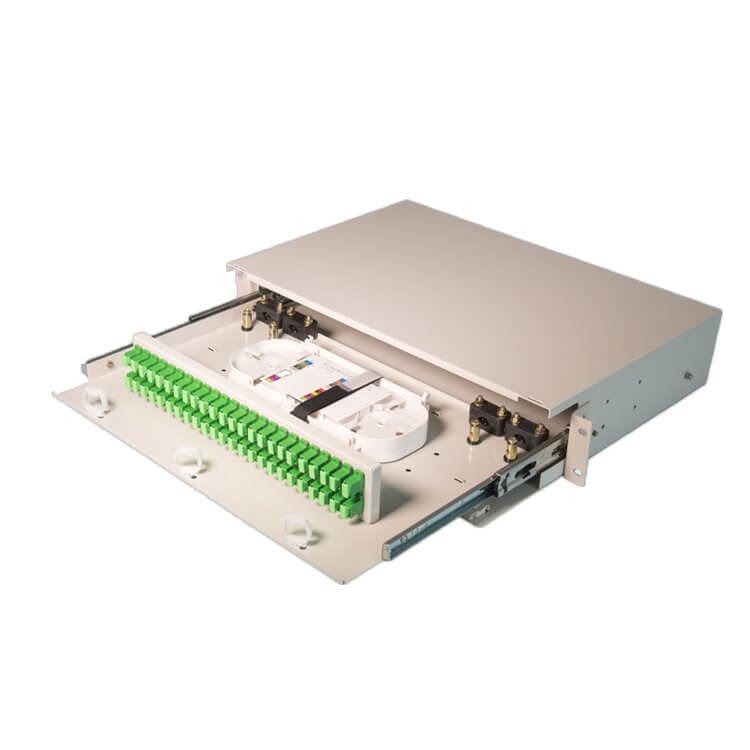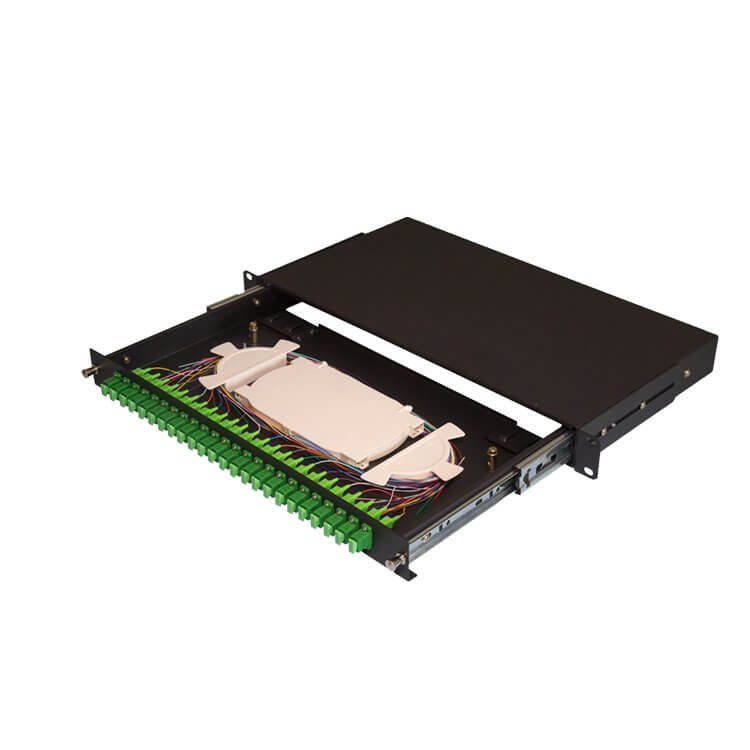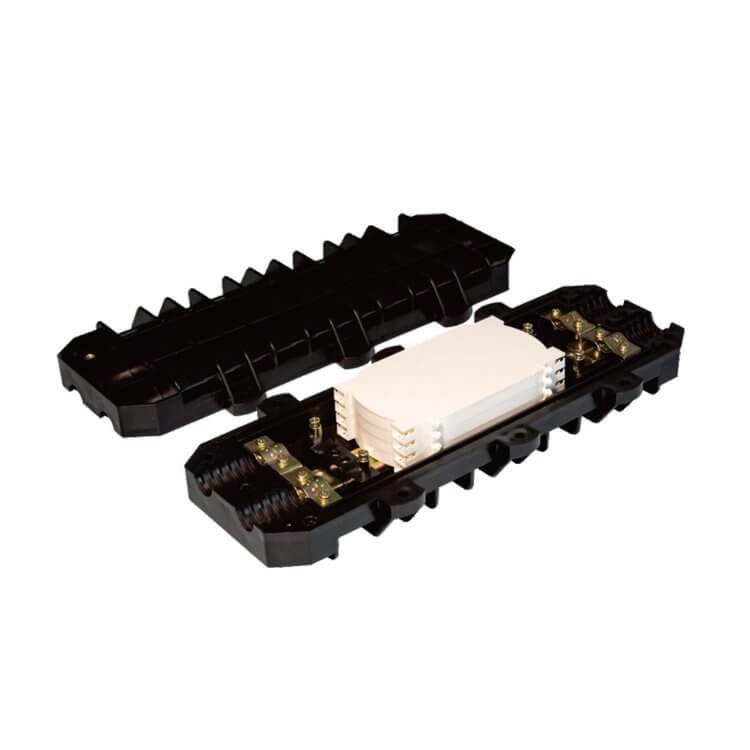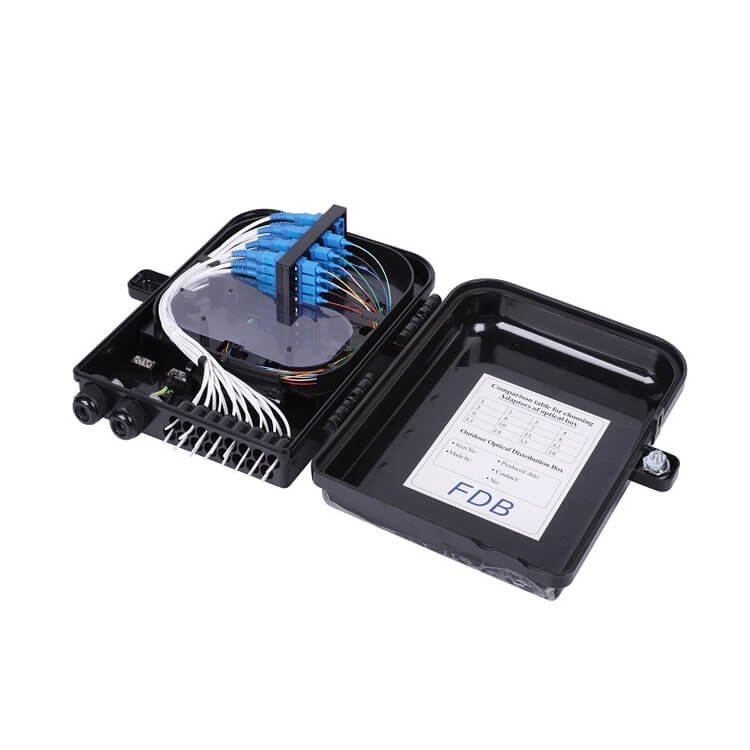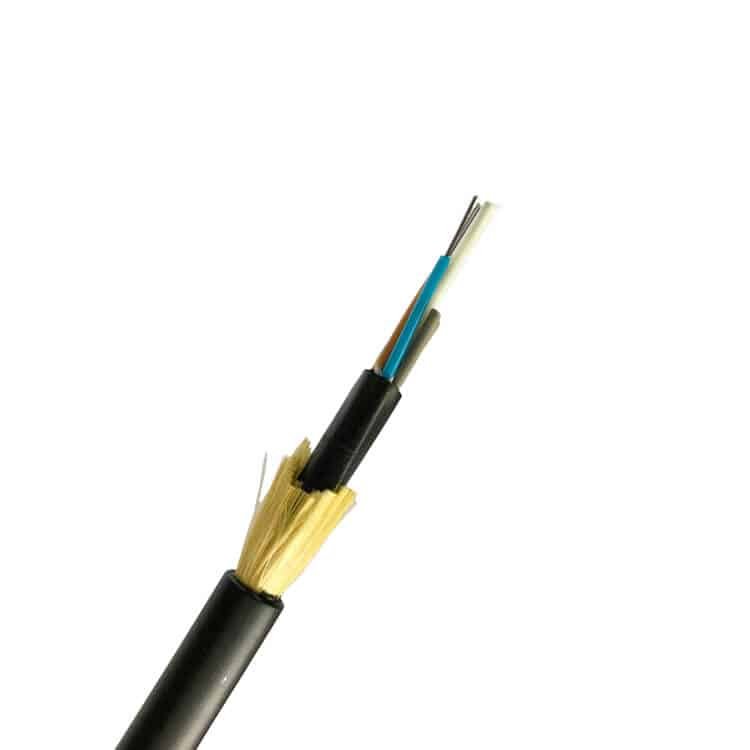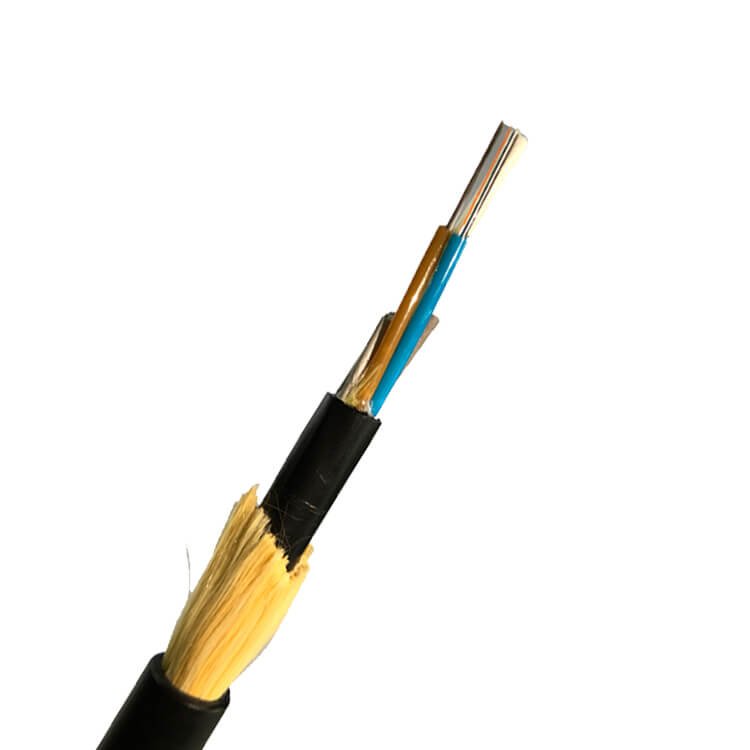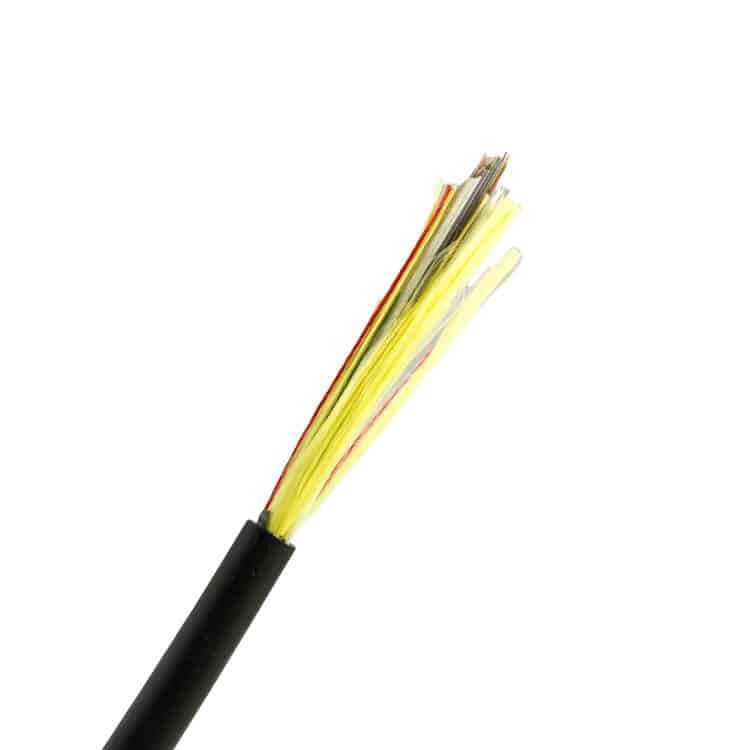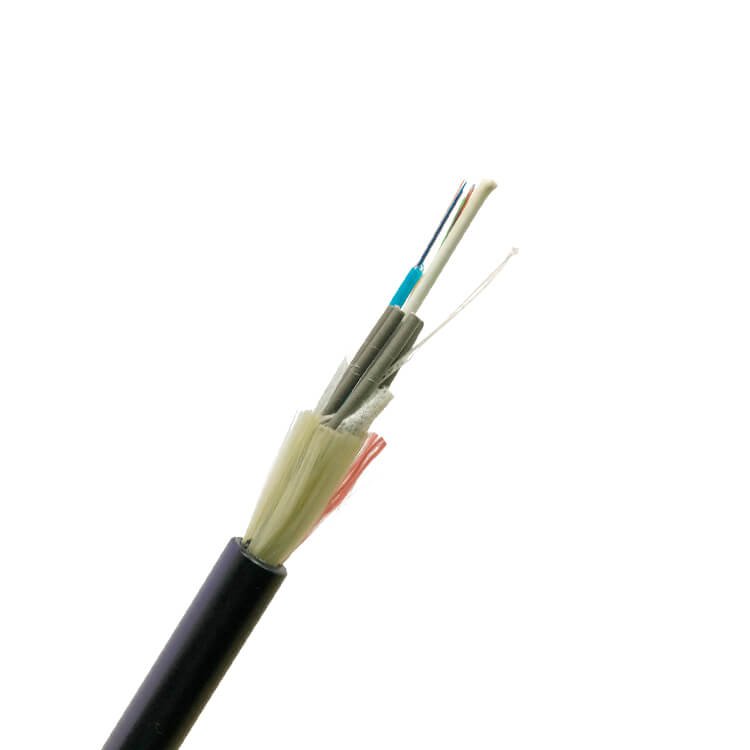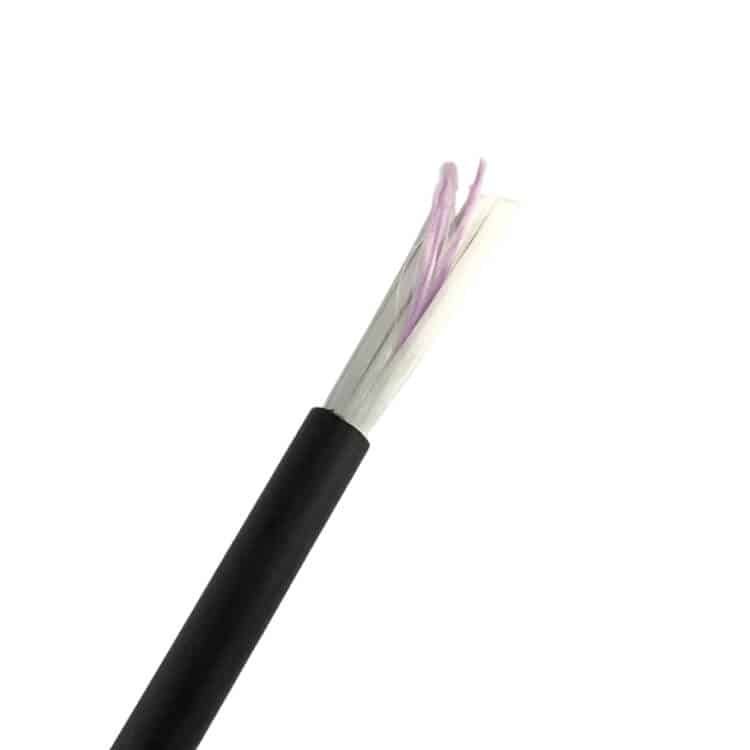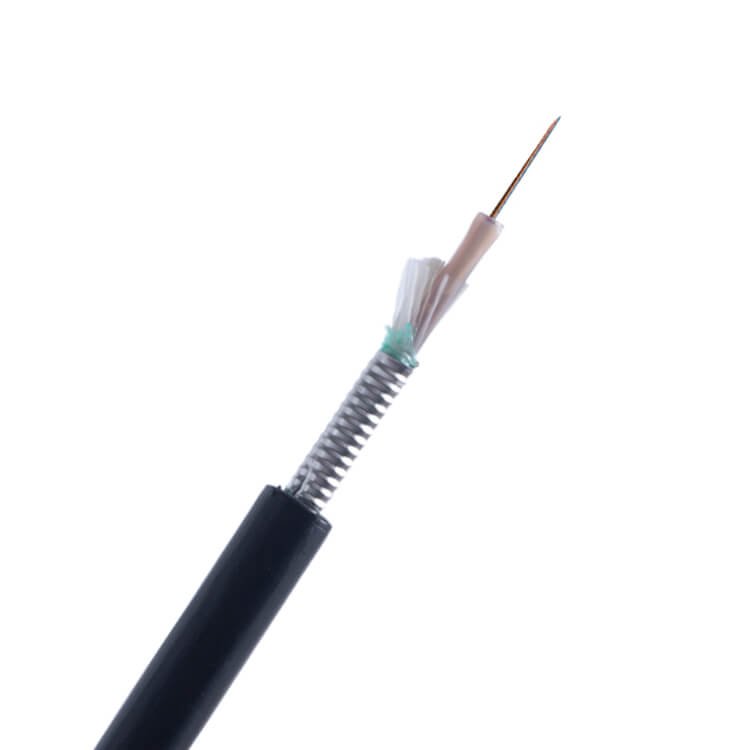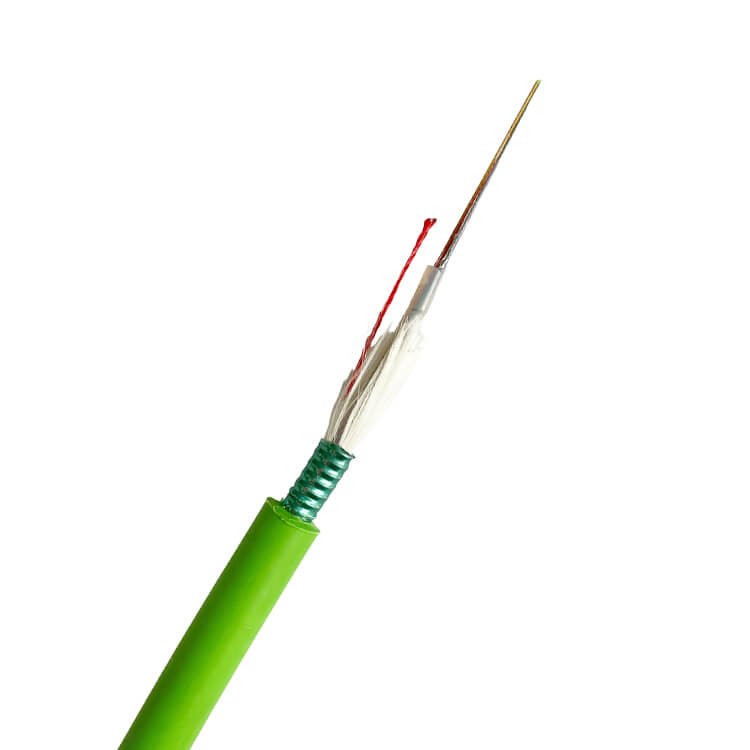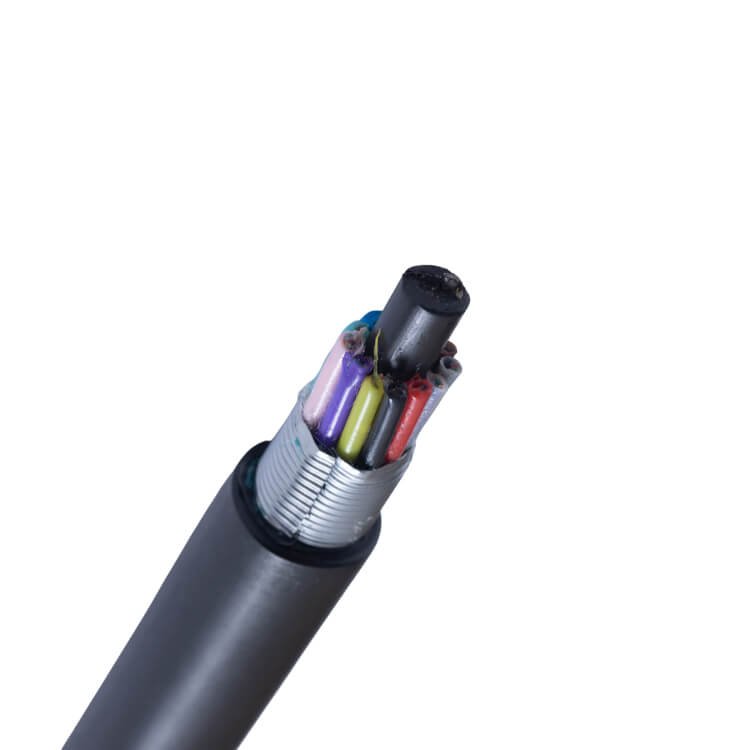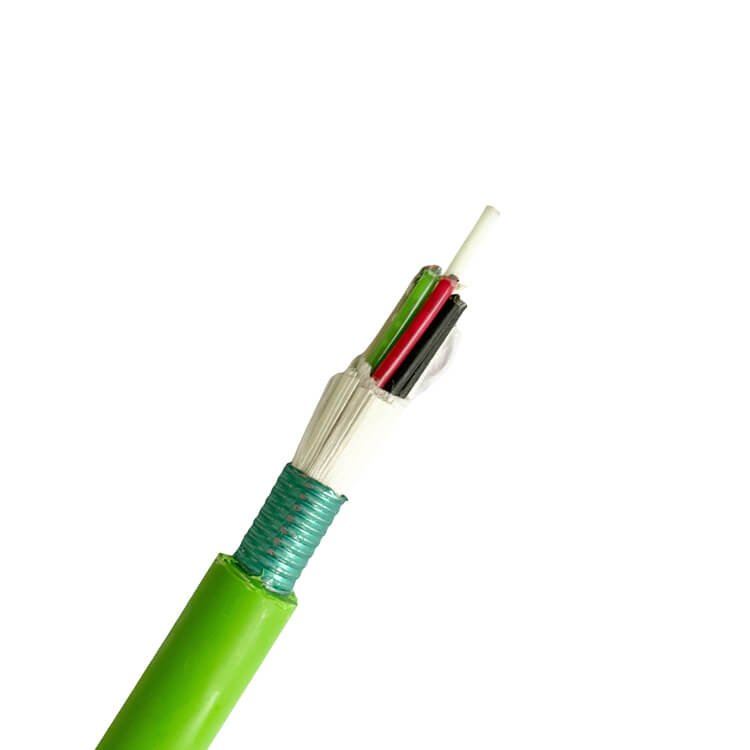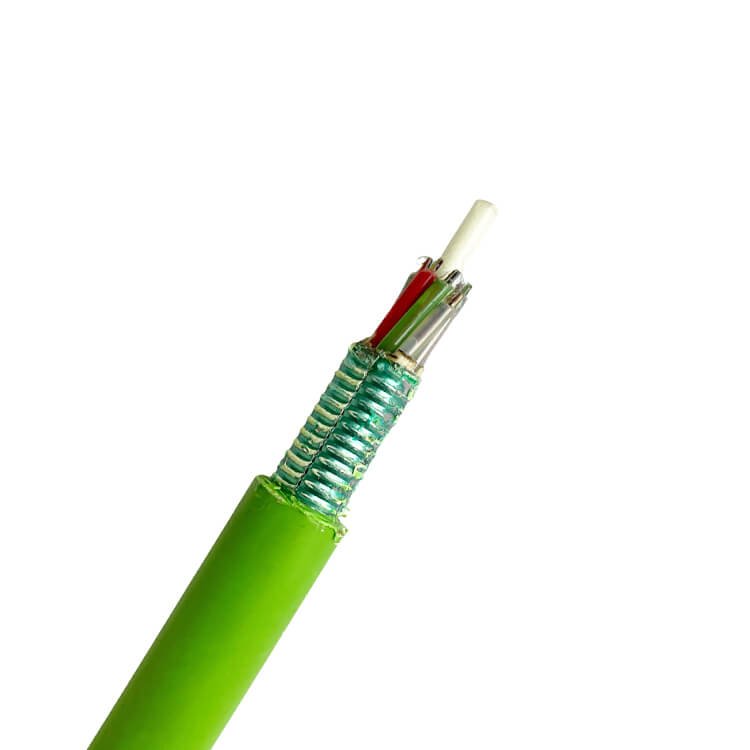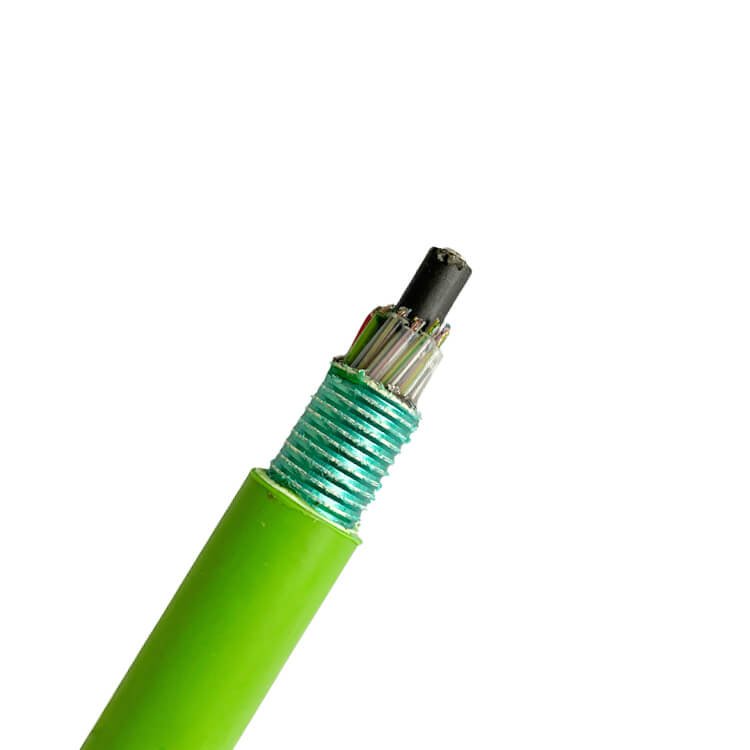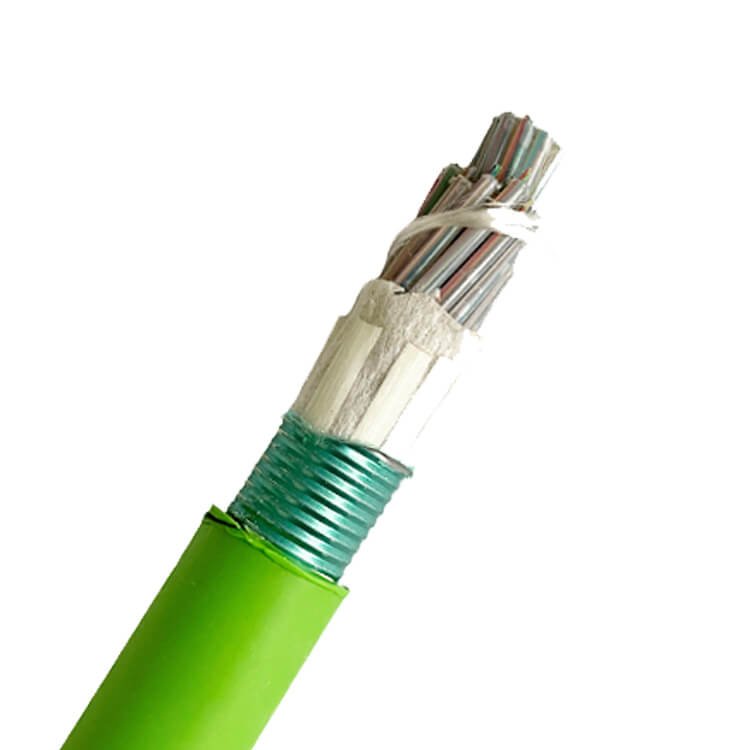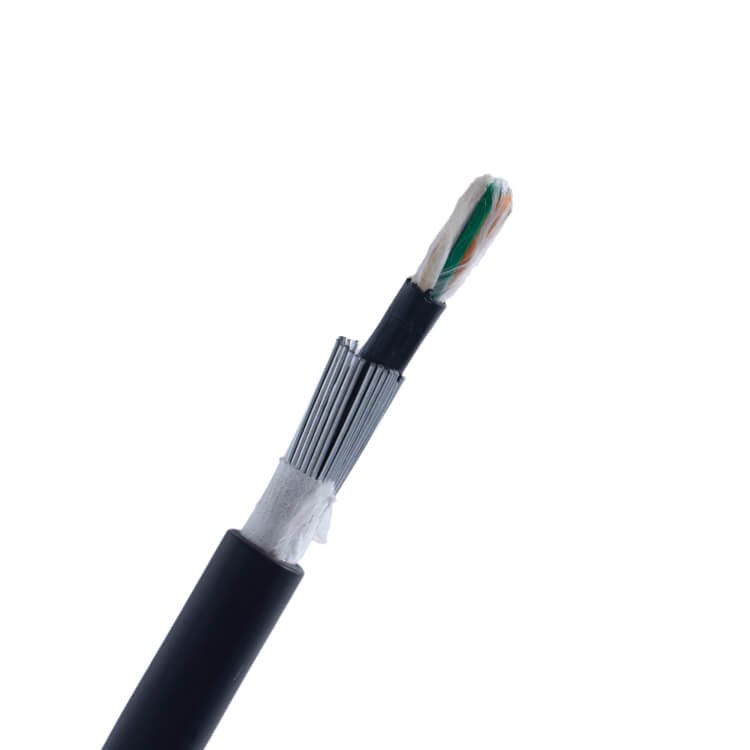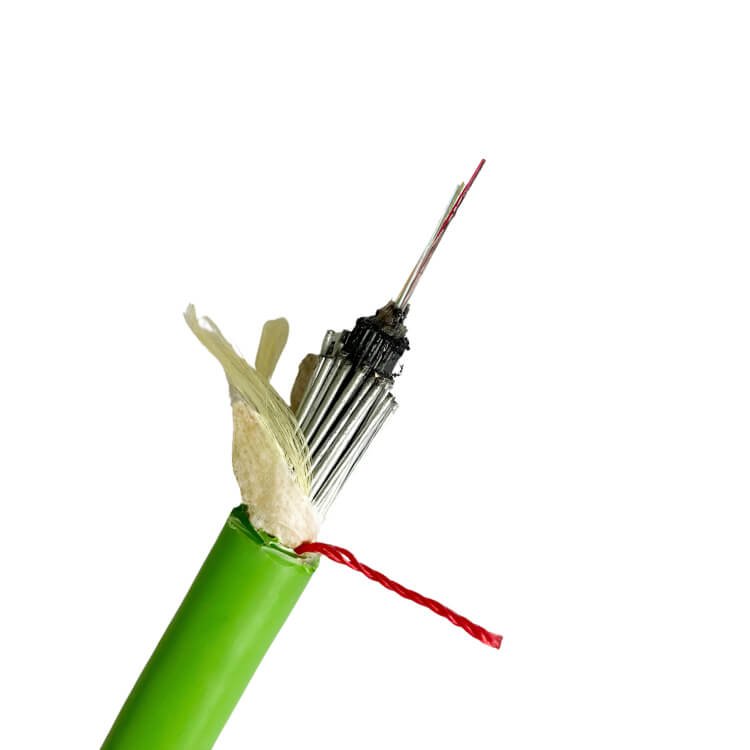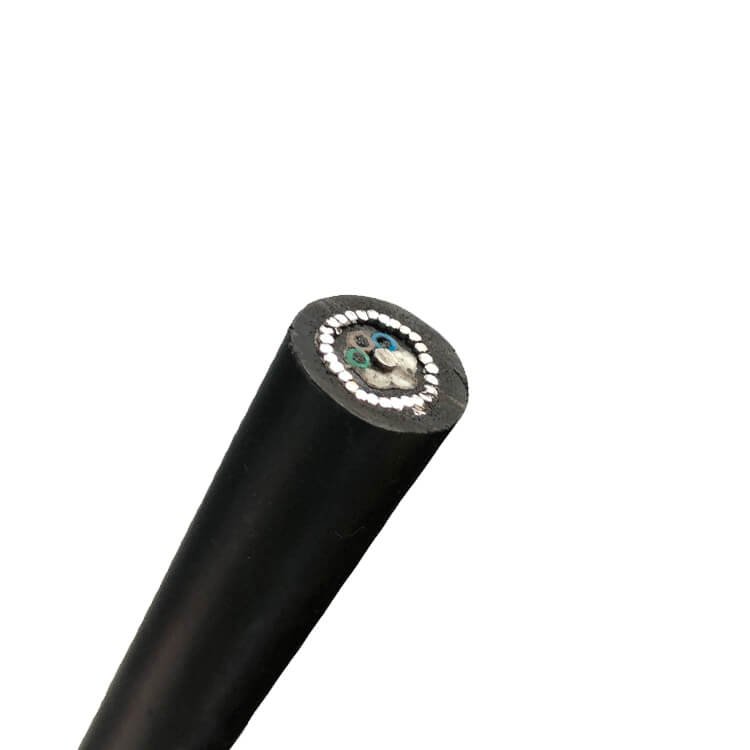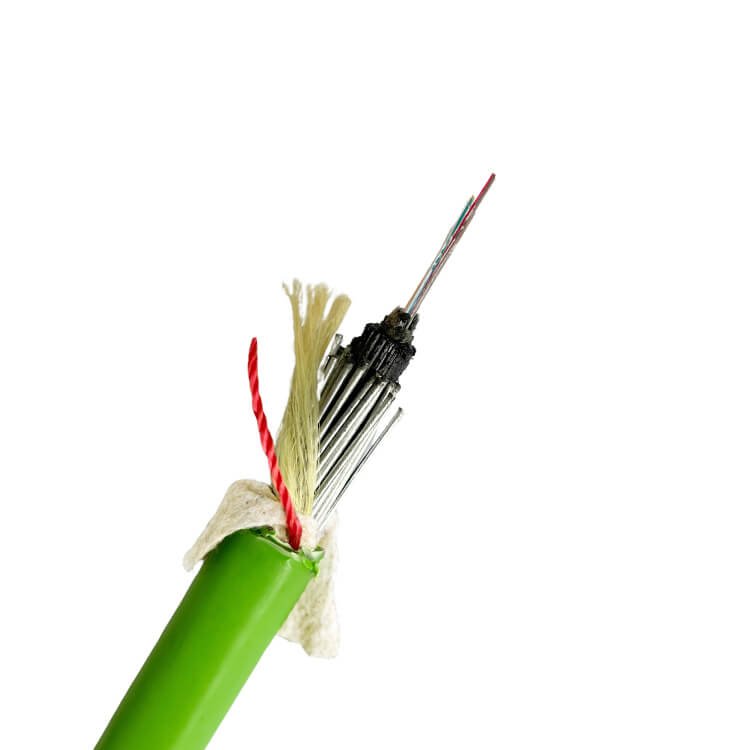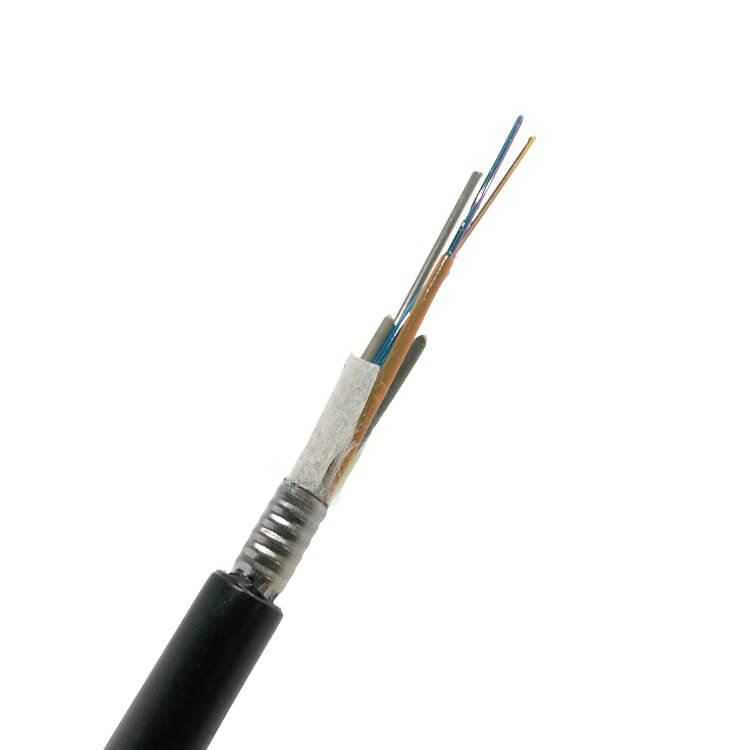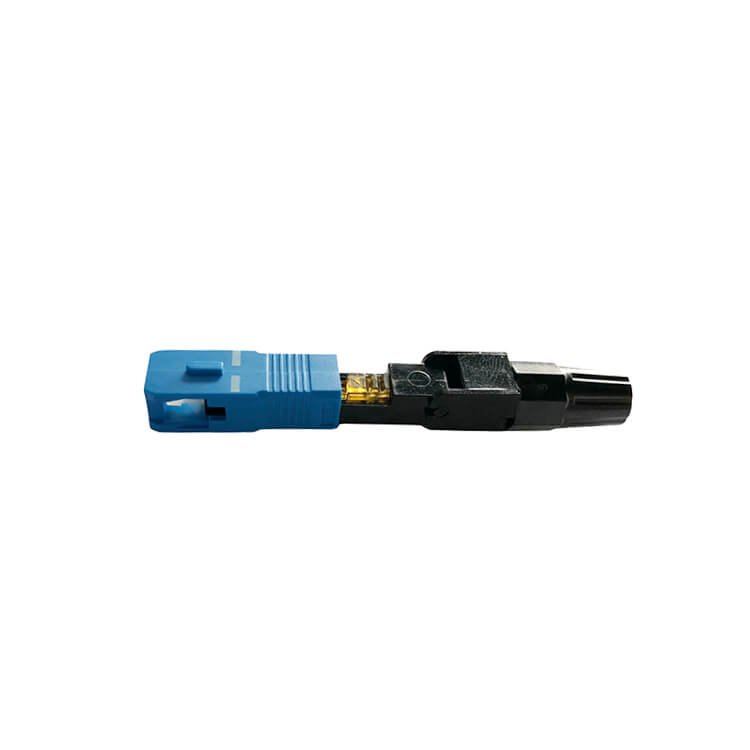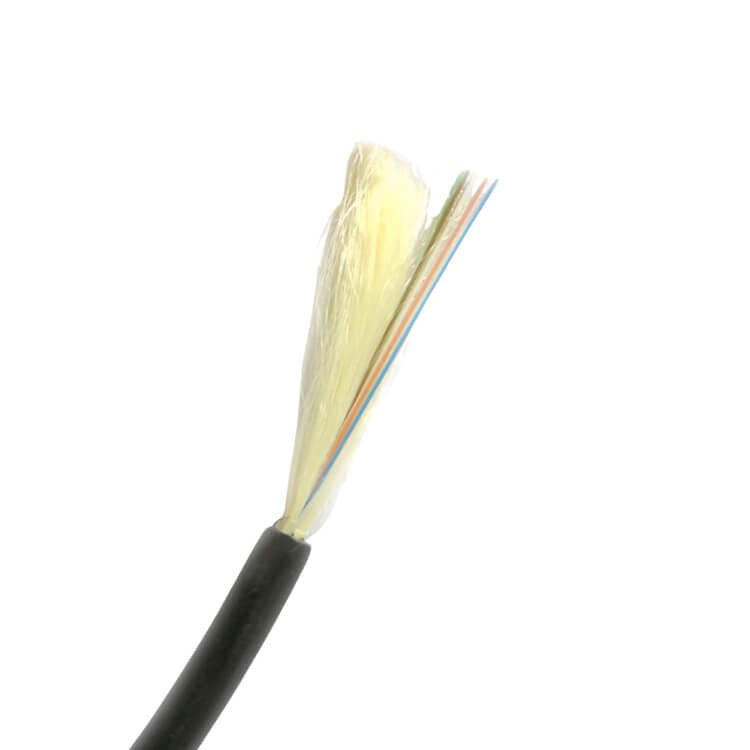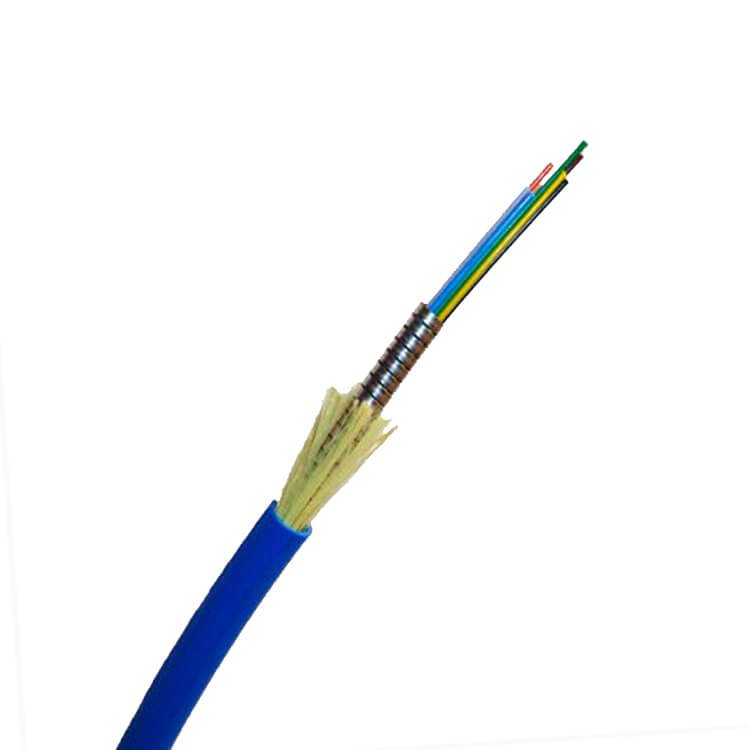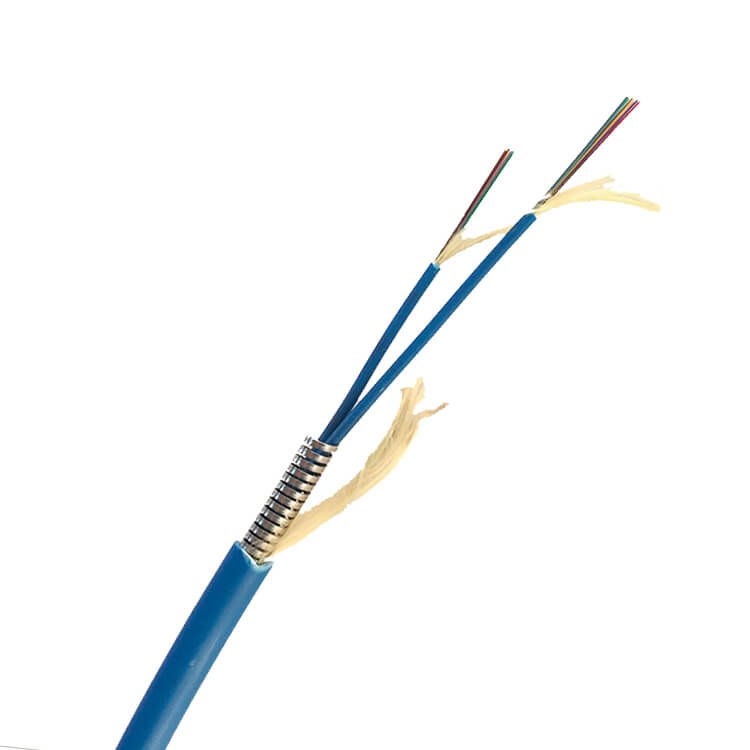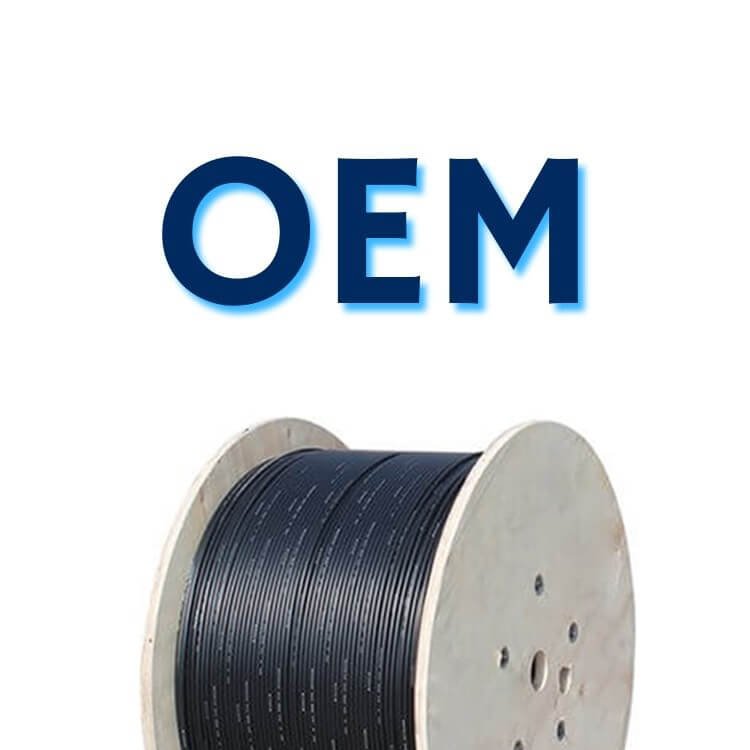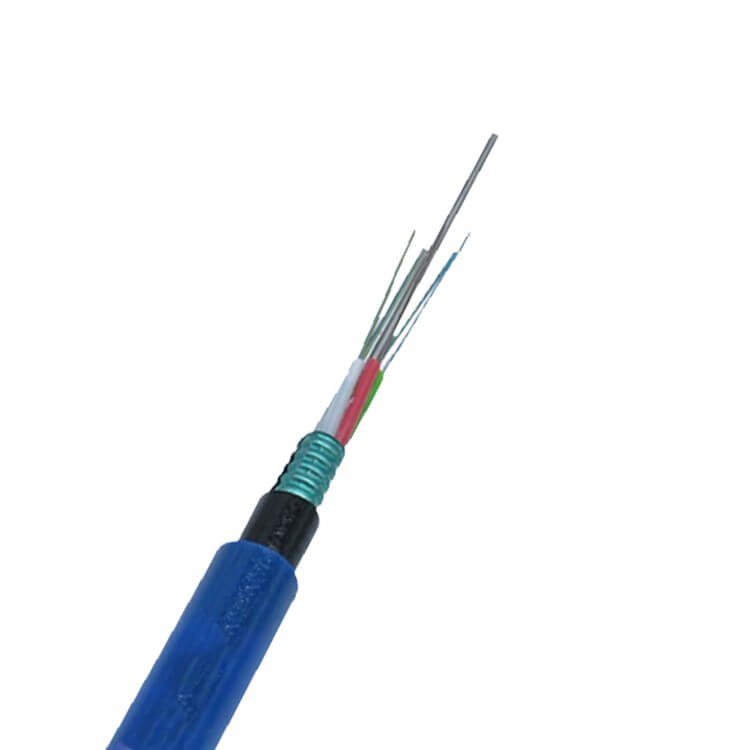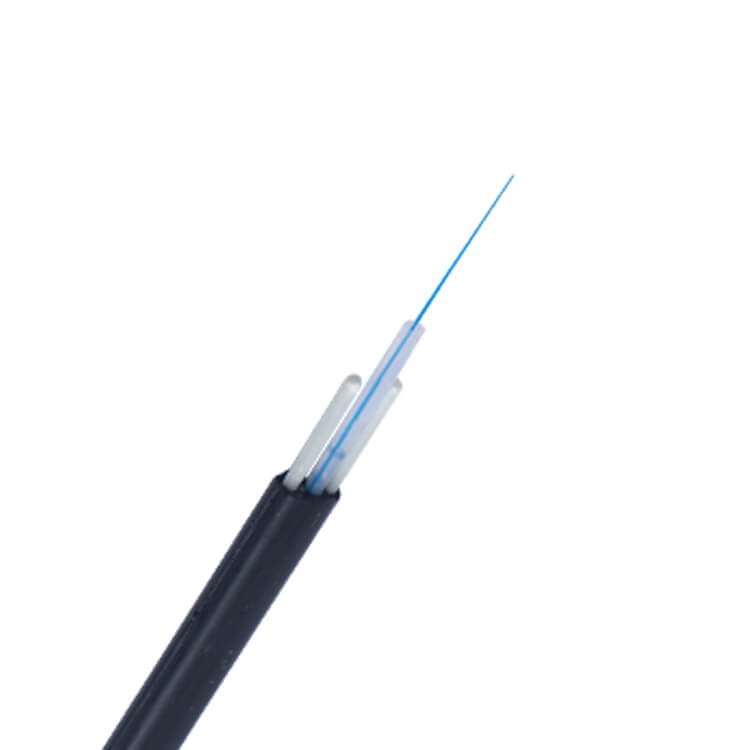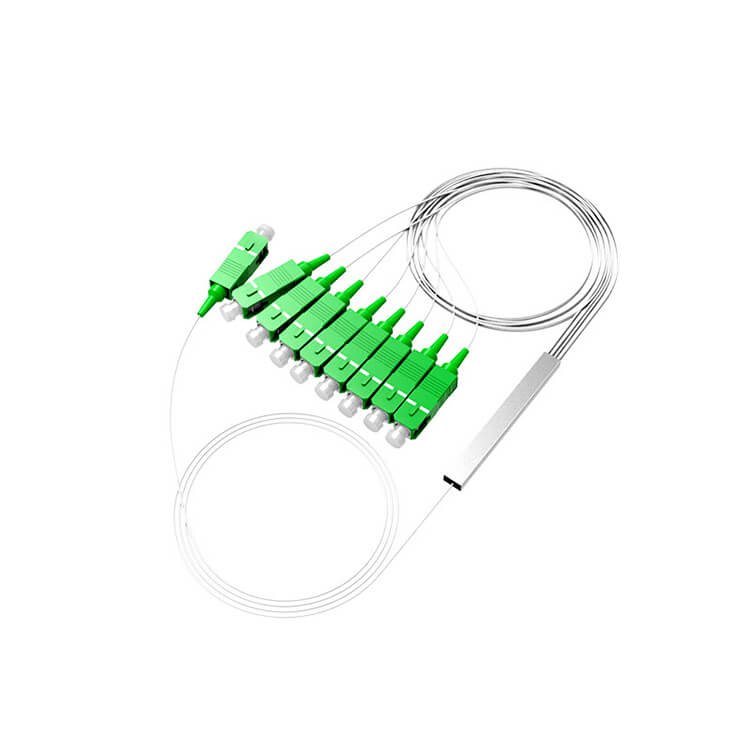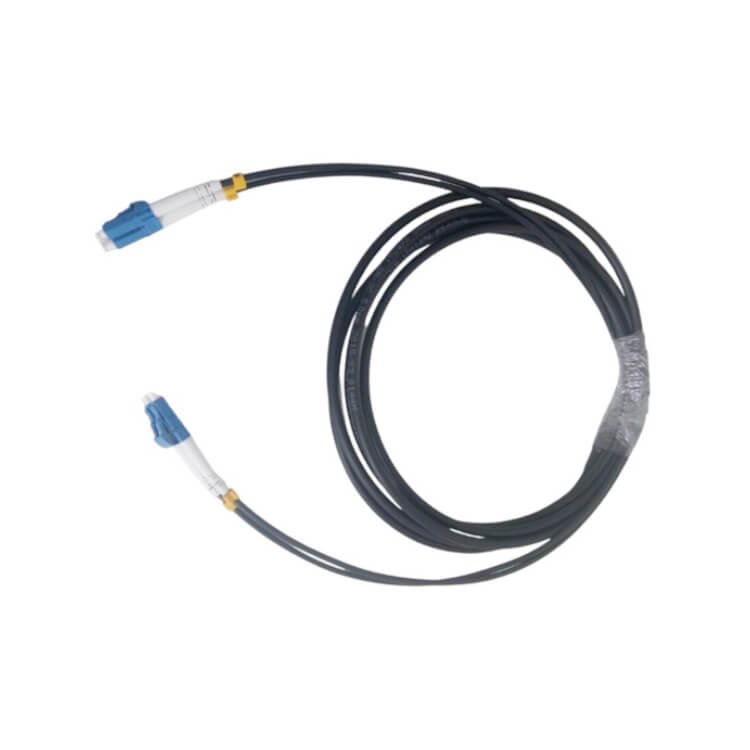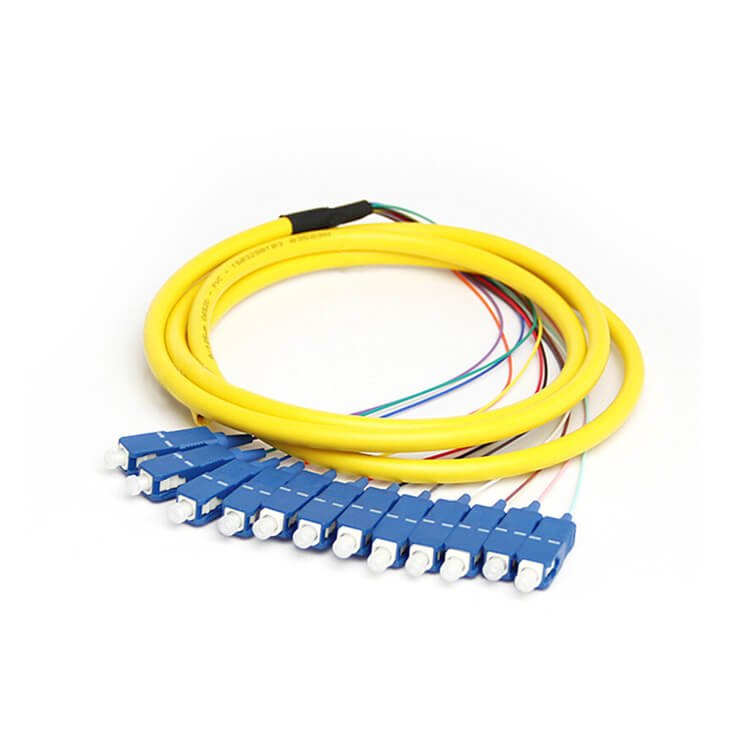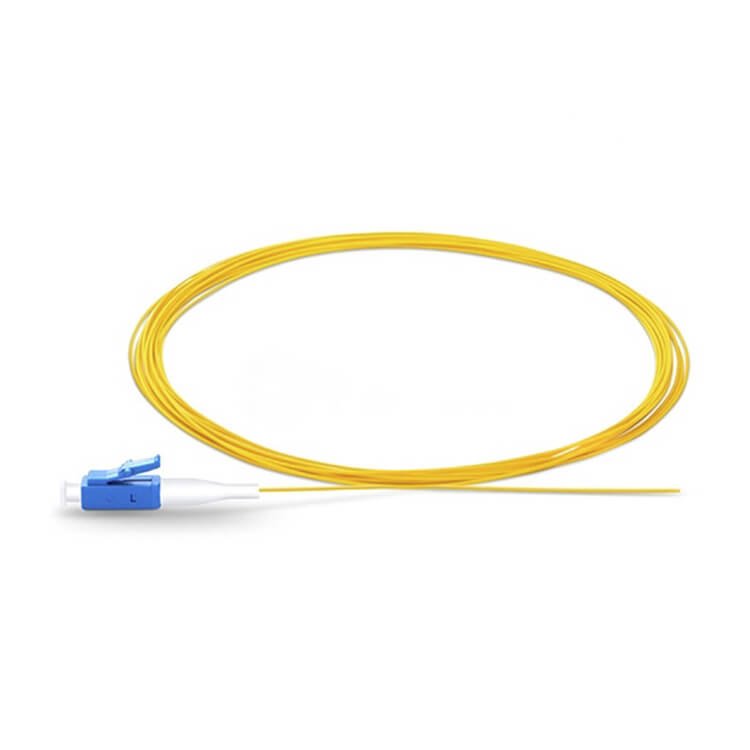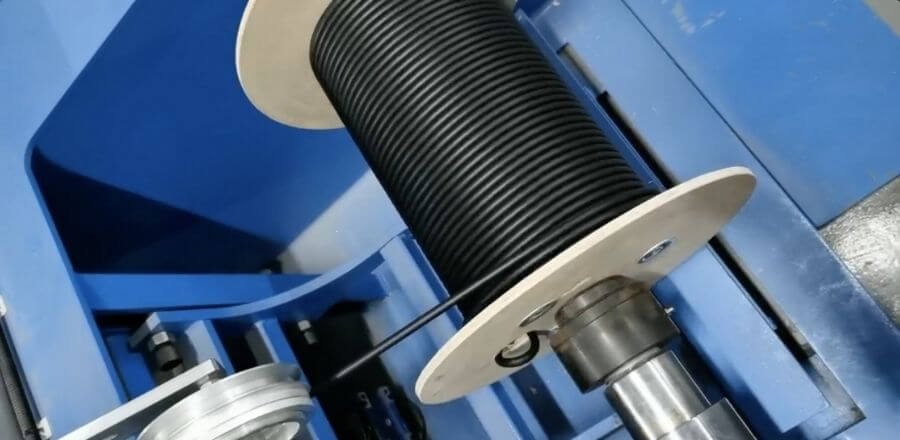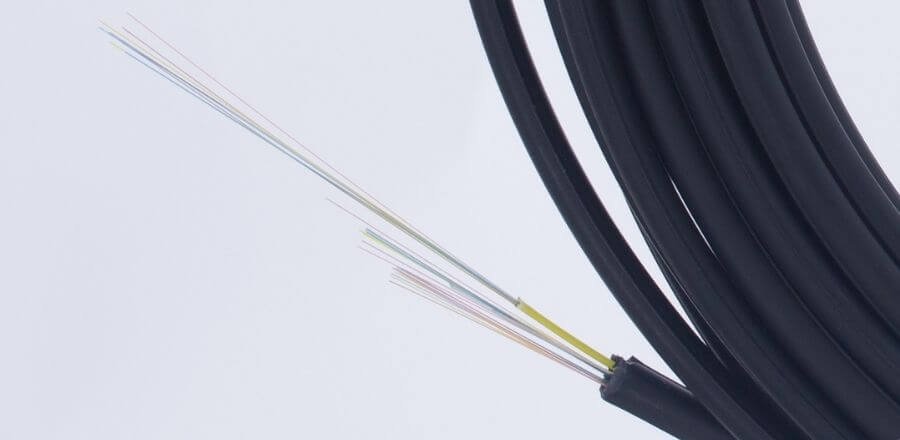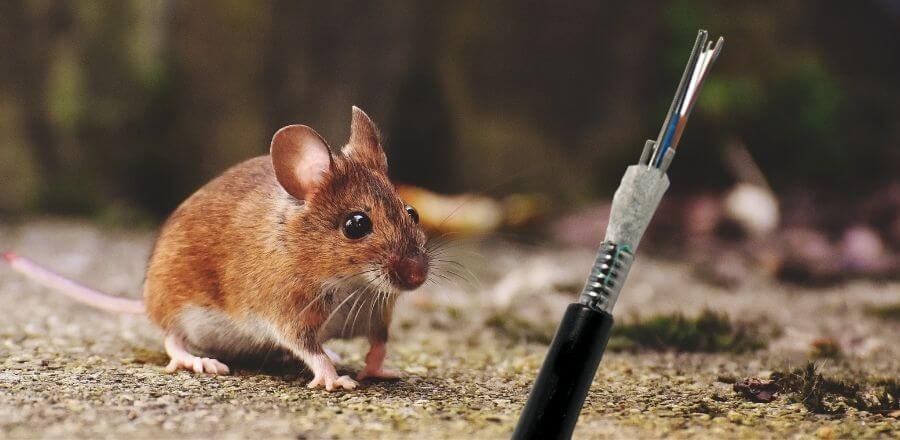6 Important Things You Need To Know About Optical Fiber
June 4, 2021
Optical fiber has become the main method of long-distance signal transmission. And skills like installation and maintenance of optical fiber becomes basic requirements for communications personnel.
There are many theoretical knowledge, equipments installation and laying methods involved in optical communications. HOC (Hone Optical Communications) has 19+ years experience of optical communications and ODN networks. Let’s get started.
Optical Fiber Material
Glass Fiber
Both the core and the cladding are glass. As a result, it has low loss, long transmission distance and high cost.
Rubber Silicone Cladding Fiber
The core is glass, and the cladding is plastic. The characteristics are similar to those of glass optical fiber, but cost is lower.
Plastic Fiber
Optical fiber core and cladding are made of plastic. Therefore, plastic fiber has high loss, short transmission distance and low price. It is mostly used for home appliances, audio, and short-distance image transmission.
Multimode vs. Single Mode
The central core of the multimode fiber is thicker (50μm or 62.5μm), which can transmit light of multiple modes. However, this also contributes a large dispersion, which limits the transmission frequency of digital signals. Therefore, the transmission distance of multimode optical fiber is relatively short, generally only a few kilometers.
Single-mode fiber has a very thin (generally 9μm or 10μm) glass fiber. And single mode fiber can only transmit light in one mode. Therefore, its inter-mode dispersion is very small, which is suitable for long distance communication.
A simpler way to distinguish them is that the outer sheath of single-mode fiber is yellow, and the outer sheath of multimode fiber is orange .
3 Kinds of Optical Signal
Not all light can be used for signal transmission in optical fibers. There are 3 wavelengths mainly used in communications: 850nm, 1300nm, and 1550nm.
Single mode fiber is using wavelength of 1310nm or 1550nm. And the wavelength used by multimode fiber is mostly 850nm.
Optical module
Optical modules are components that realize the conversion of optical signals and electrical signals. Common optical modules include GBIC, SFP, SFP+, XFP, SFF, CFP, etc.
GBIC vs SFP
The size of the GBIC optical module is too large and occupies too much space in the switch, causing the inability to provide more interfaces on the switch panel. Therefore, in recent years, GBIC optical modules have been gradually replaced by SFP optical modules.
Connector Interface
The fiber connect interface is a physical interface used to connect the optical cables. The principle of is to use the light from the optically dense medium into the optically thin medium to cause total reflection. There are usually SC, LC, ST, FC and other types.
SC Connector
SC connector is commonly known as square head and large connector. The optical interface on the transmission equipments generally uses an SC connector. SC connector can be directly plugged in and out, which is very convenient to use. But the disadvantage is that it is easy to fall out.
LC Connector
LC connector is known as small square head. It is a dedicated interface for SFP modules. The LC connector is much smaller than SC, ST or FC interfaces. So devices like network switch can accommodate more ports in the same area.
ST Connector
It is usually use ST connector in the connection of multimode devices. After the ST connector is inserted, there is a bayonet to fix it after half a circle rotation of the connector. The disadvantage is that it is easy to break. ST connectors are often used when connecting with other manufacturers’ equipment in the deployment of wireless networks.
FC Connector
FC connector is known for its round head. The external reinforcement is a metal sleeve, and the fastening is a turnbuckle, which is generally used on the ODF side. FC connector is generally used in telecommunications networks. There is a screw cap screwed to the adapter. The advantage is that it is reliable and dustproof. The disadvantage is that the installation time is slightly longer.
What Affect Its Transmission
Optical loss is one of the causes of fiber signal attenuation. In addition, scattering, absorption, etc. can also cause optical signal attenuation.
Optical Loss
In a single mode fiber, 1550nm has the smallest loss. But what are the specific loss for all the 3 main optical wavelength?
1310nm: 0.35~0.5 dB/km
1550nm: 0.2~0.3 dB/km
850nm: 2.3~3.4 dB/km
Natural Loss
- Insertion loss of optical components inserting in optical transmission lines
- Loss when optical fiber is connected
- The impedance mismatch in the cable causes light to be reflected, which is called return loss
- Bending, extrusion, impurities, and unevenness of fiber materials
Loss In Splicing And Connection
- Fixed splices, commonly known as dead splices. Generally it use optical fiber fusion machine for the direct fusing of optical cables.
- Fast connections, commonly known as live joints. The fibers are connected with detachable connectors and used for fiber patch cord and equipment connections.
Noise
In addition to attenuation, there is noise that affects the effect of optical fiber information transmission. Attenuation means less useful signals, and noise means more useless signals.
Causes of noise
- The extinction ratio is unqualified
- Random changes in light intensity
- Time jitter
- Spot noise and thermal noise of the receiver
- Mode noise of optical fiber
- Pulse broadening caused by dispersion
- Mode distribution noise of LD
- LD frequency chirp
- Reflection
Dispersion
Dispersion is also an important factor affecting the transmission of light signals. It’s the broadening of the frequency width caused by a light pulse traveling a certain distance along an optical fiber. It is the main factor limiting the transmission rate.
Modal dispersion
It occurs in multimode fibers, because different modes of light travel along different paths.
Material dispersion
It’s because different optical wavelengths travel at different speeds.
Waveguide dispersion
The reason is that optical energy travels at a slightly different speed when it is transmitted in the core and cladding. In single mode fiber, it is very important to change the dispersion of the fiber by changing the fiber internal structure.
Brief Summary
Now you have learned everything from optical fiber materials, transmission mode, wavelength, connectors and factors that will affect it’s transmission. Did we miss anything or you have other ideas. Write us comment or email.

Tony Lau is technical manager and co-founder at HOC. He loves writing about content optical fiber communications, specializes in fiber optic cables, FTTH turnkey solutions, ADSS cable, and ODN networks.
Share it with
Get A Quick Quote
Related Products
Here Are More Worth Reading


